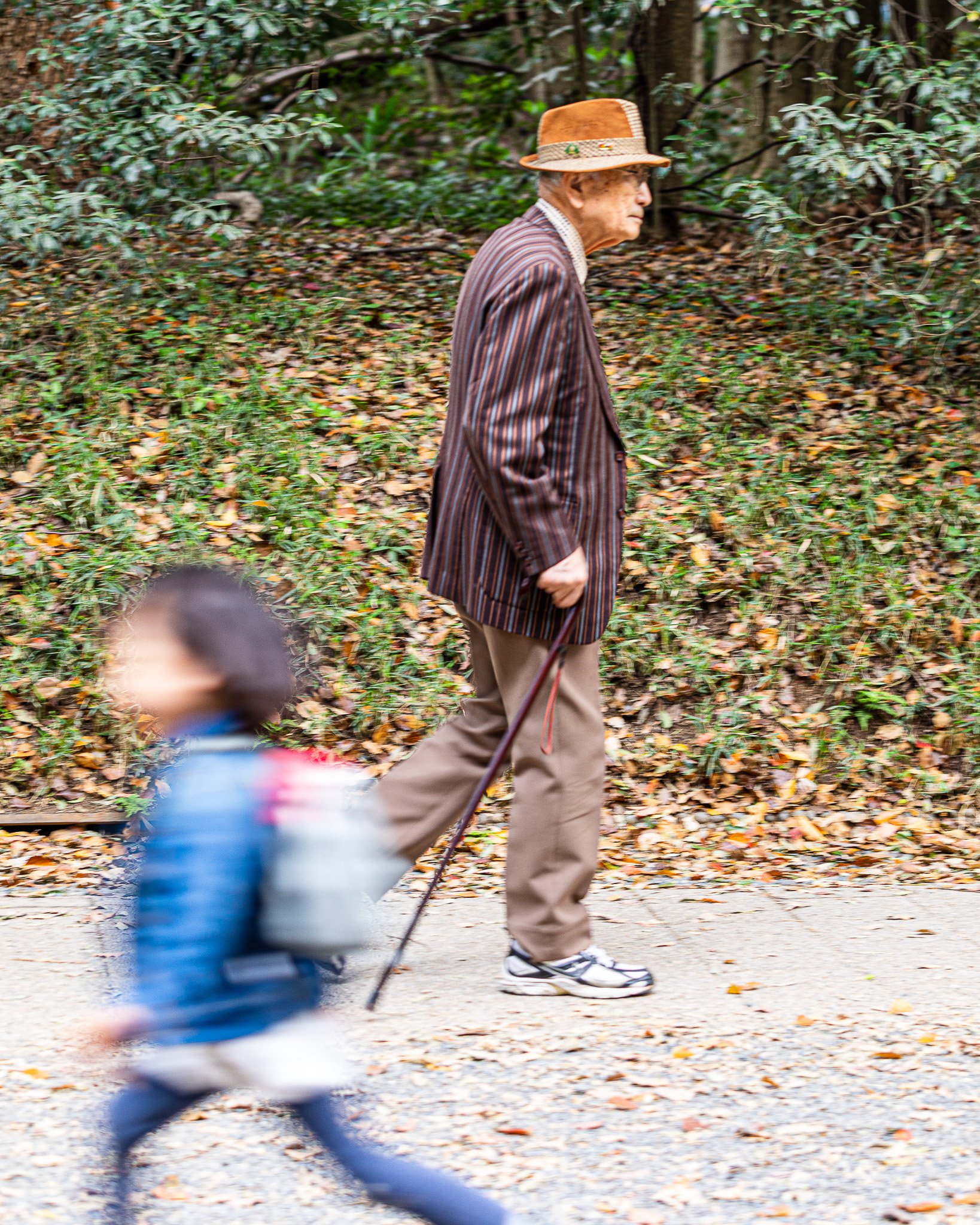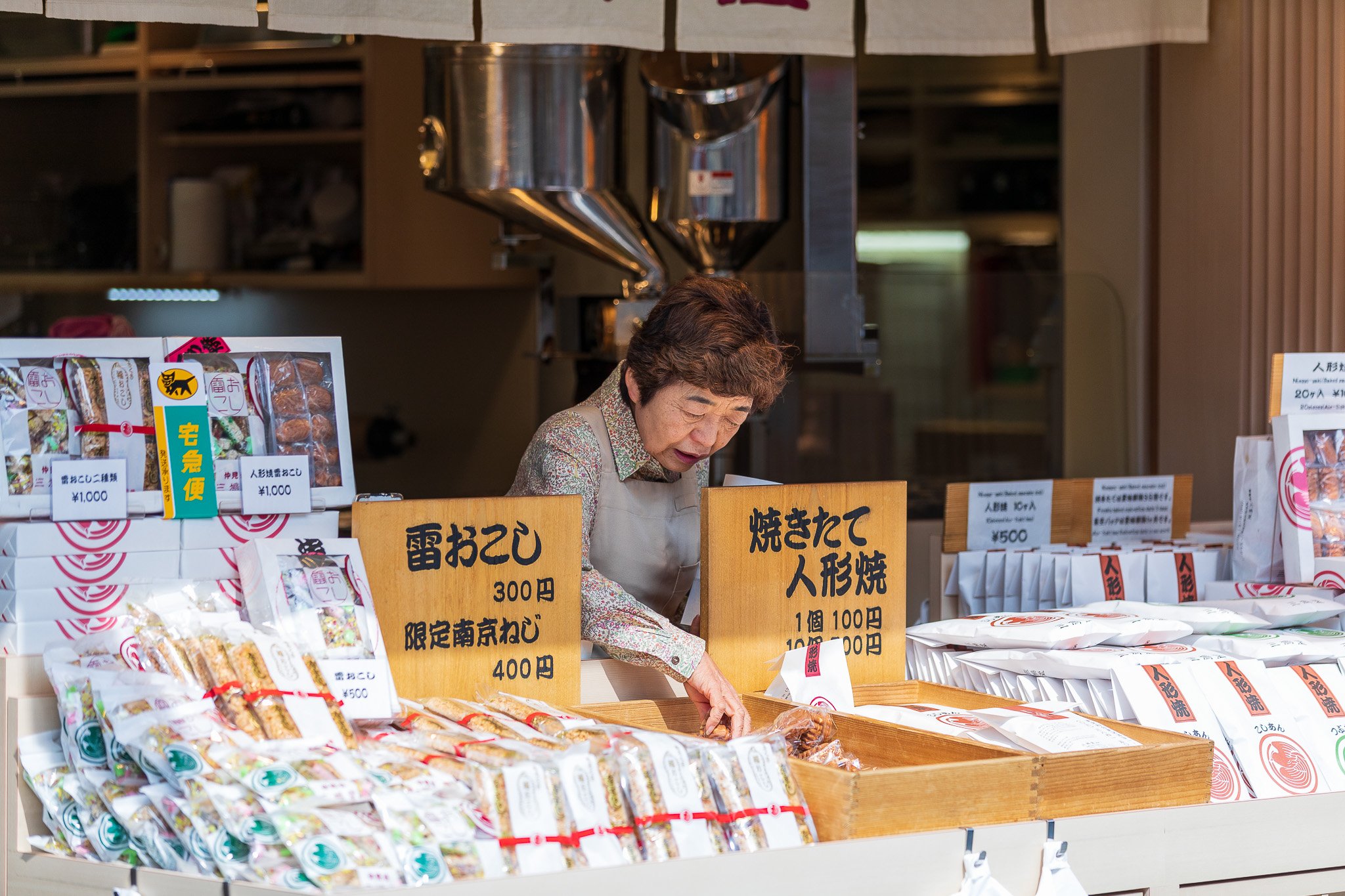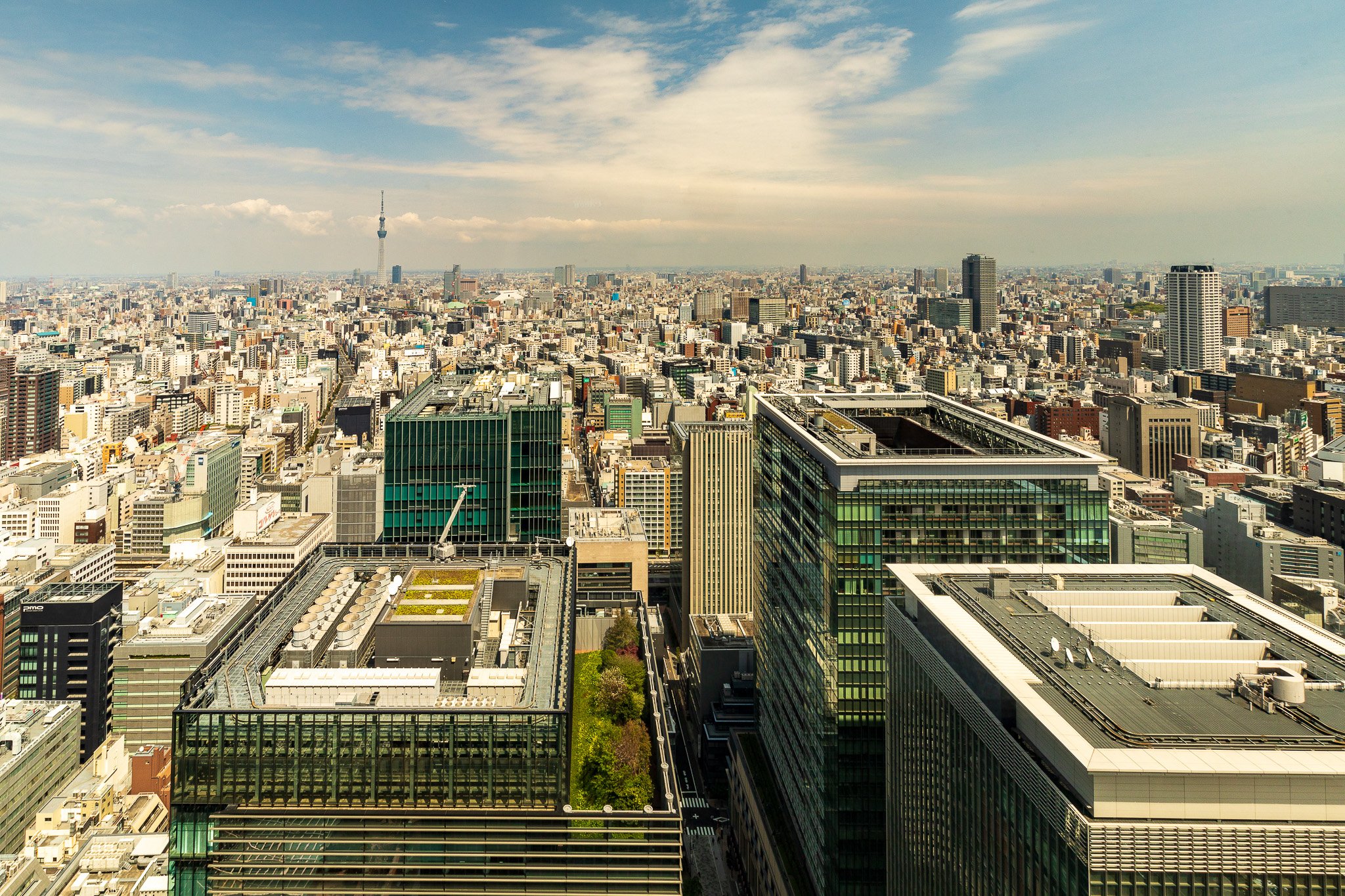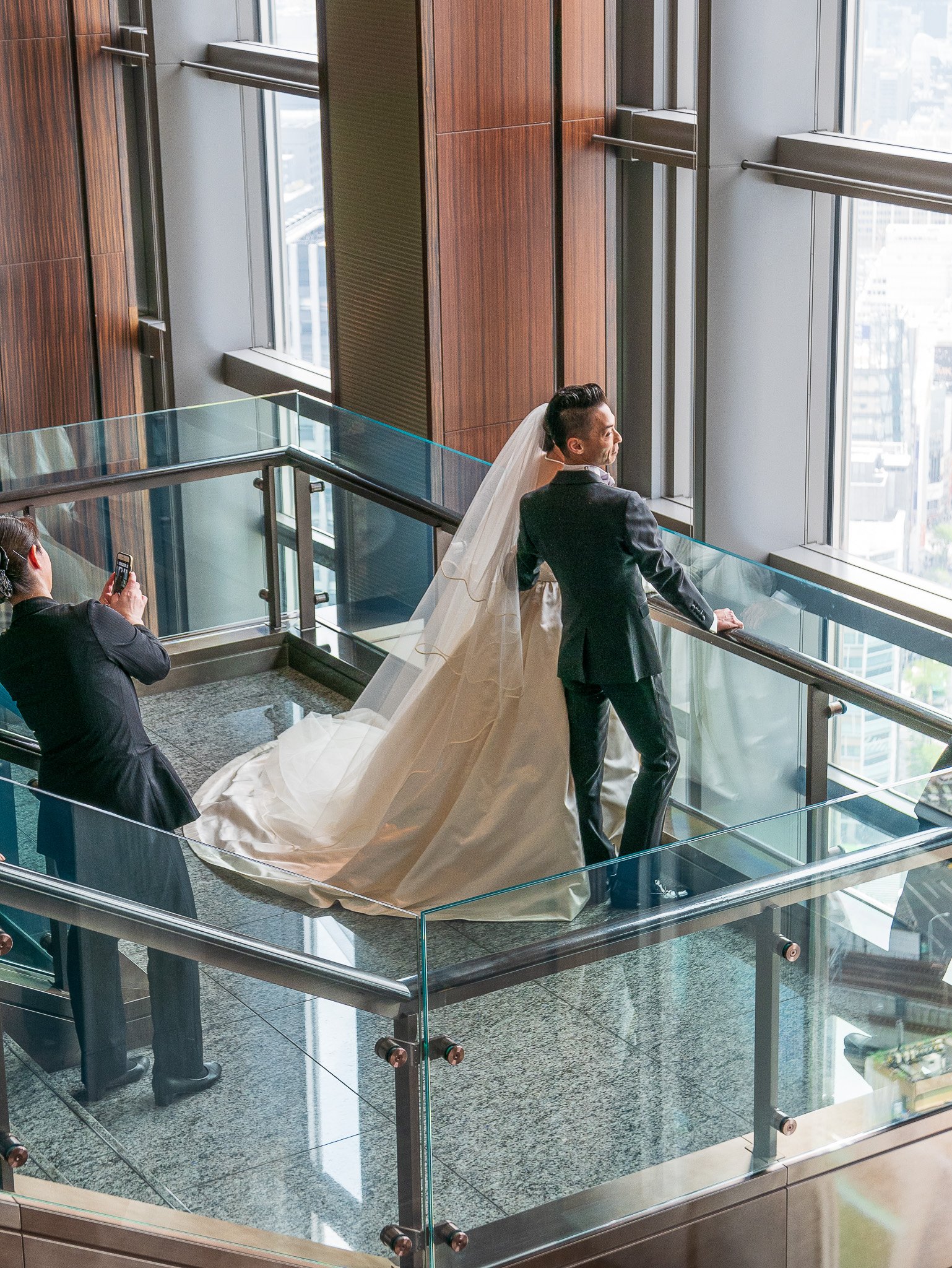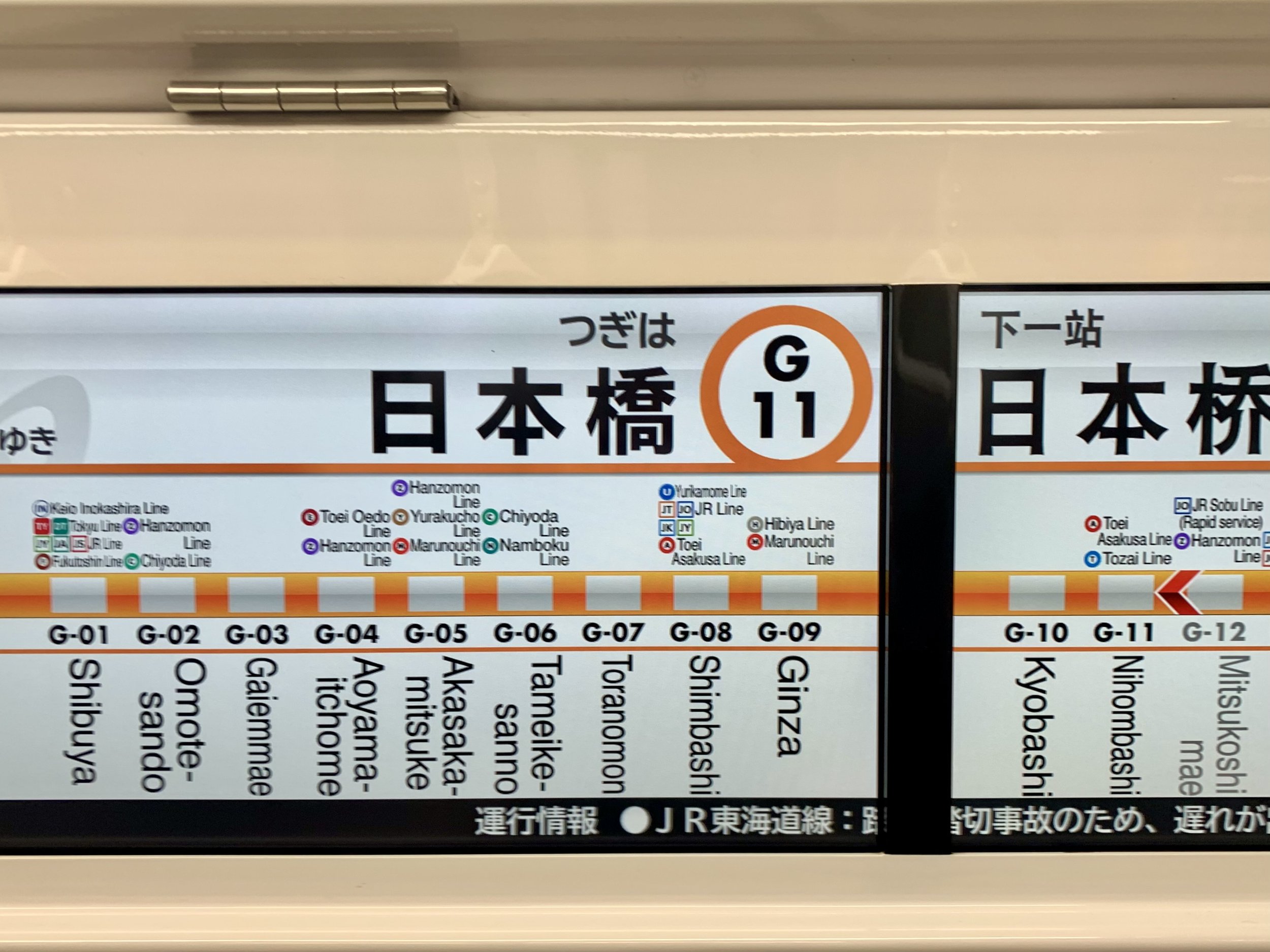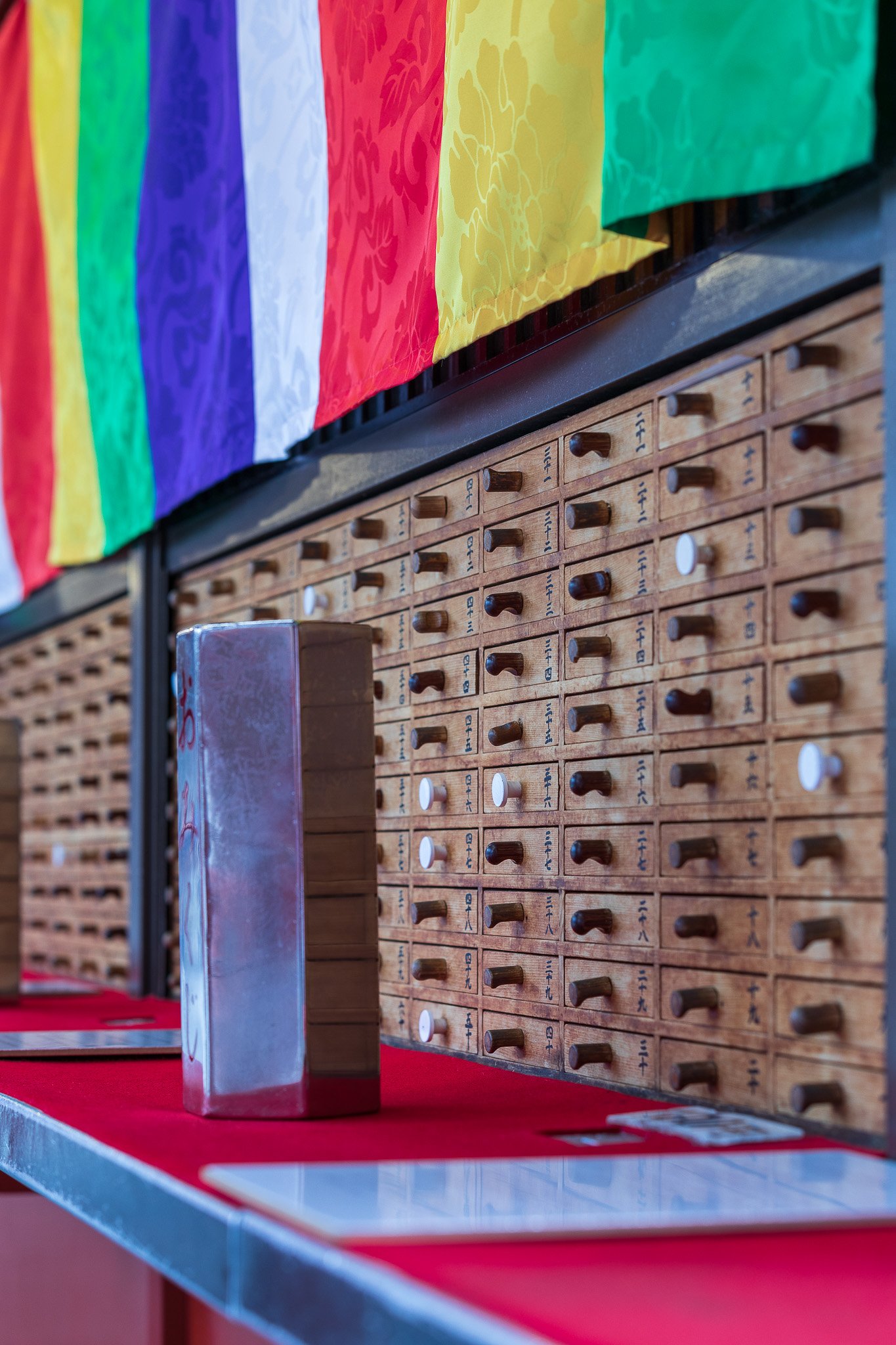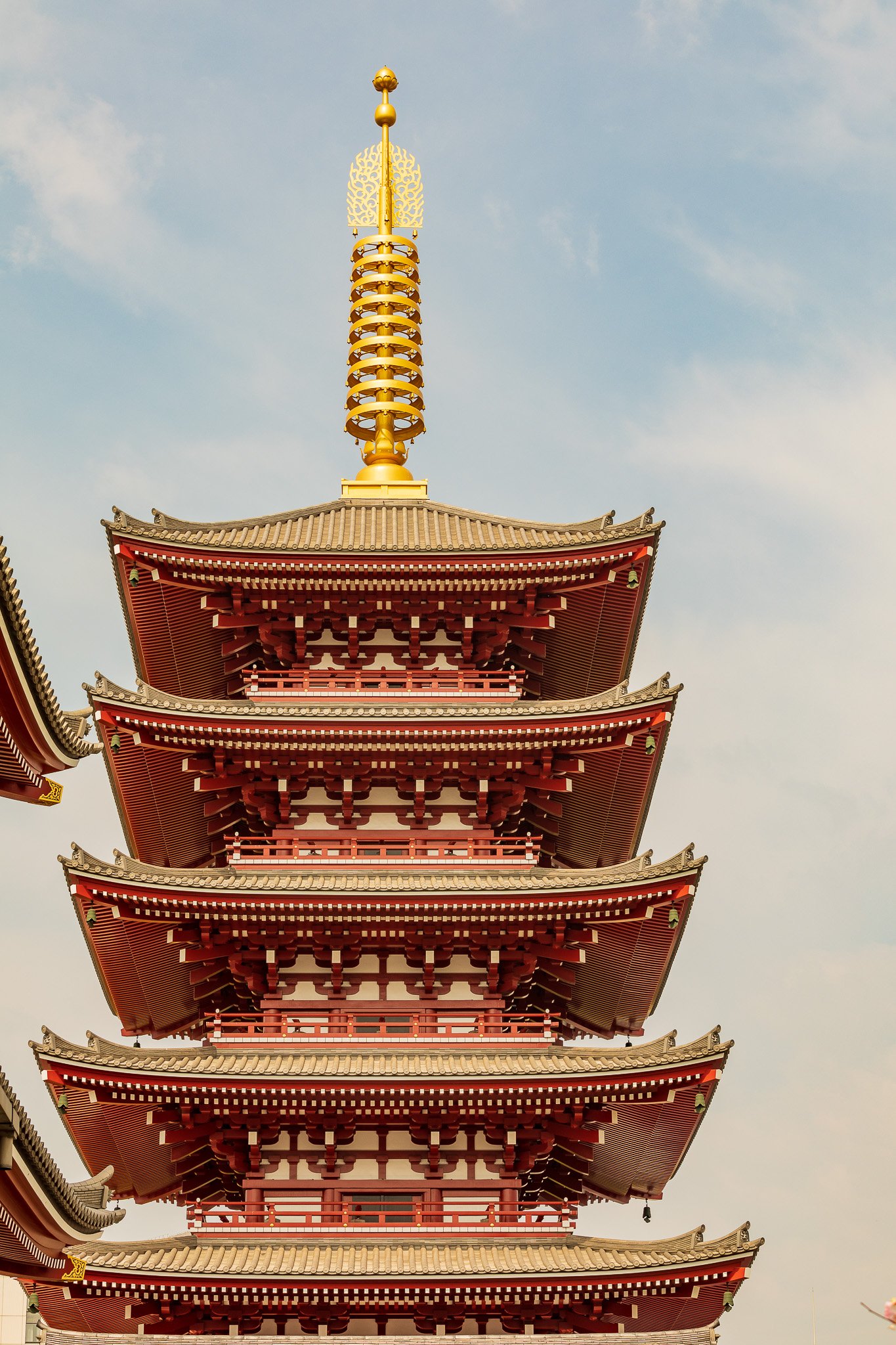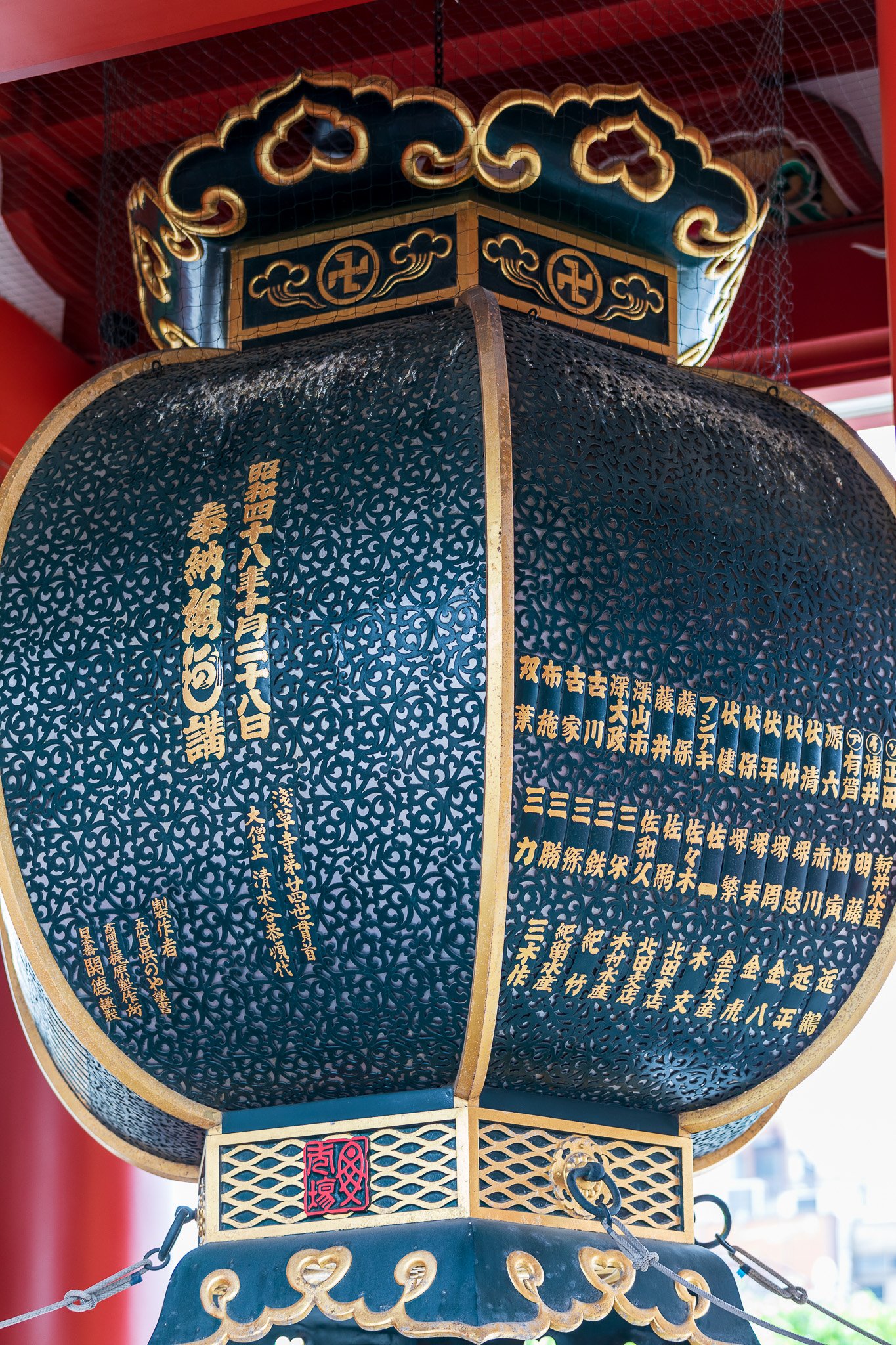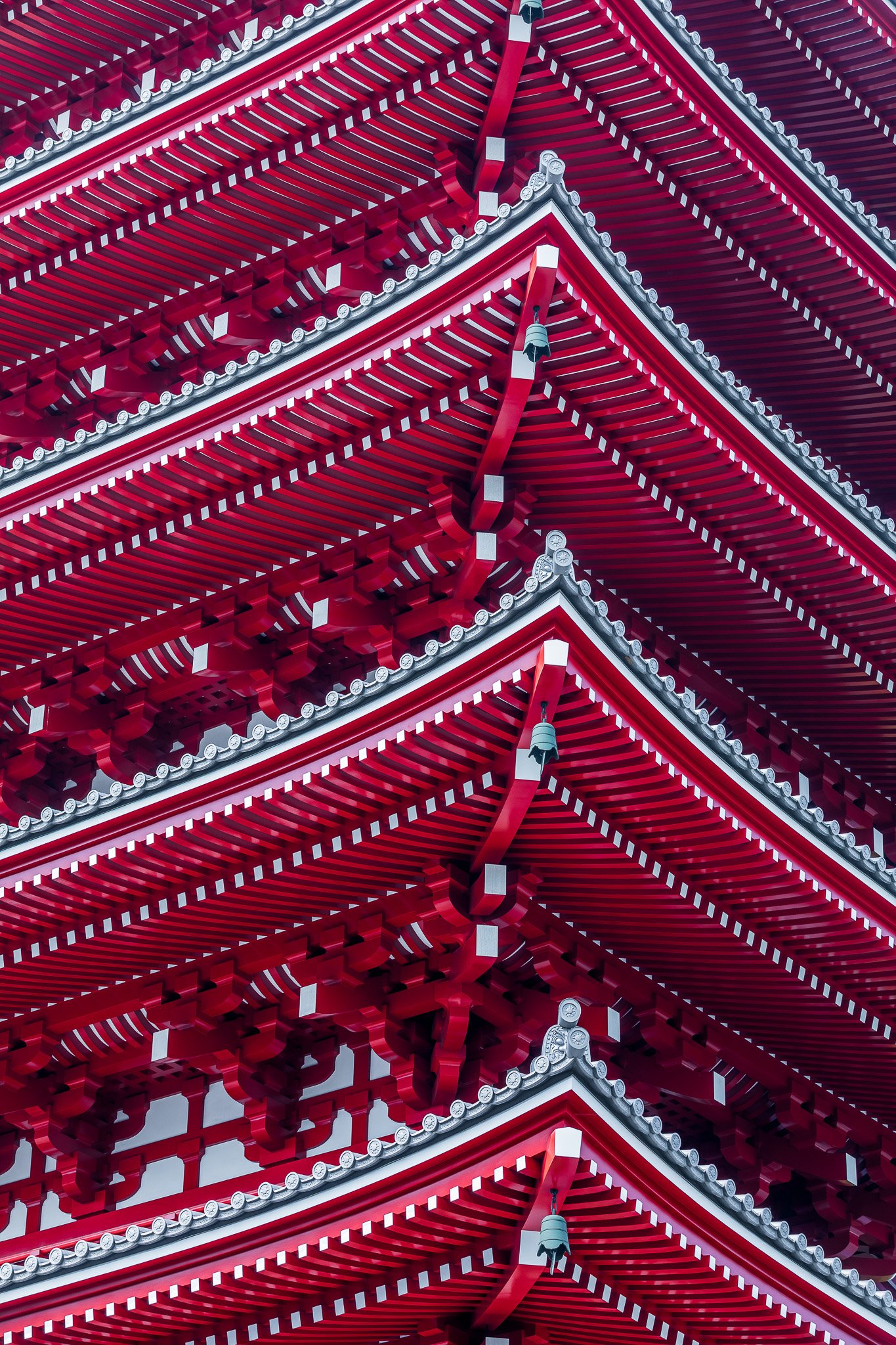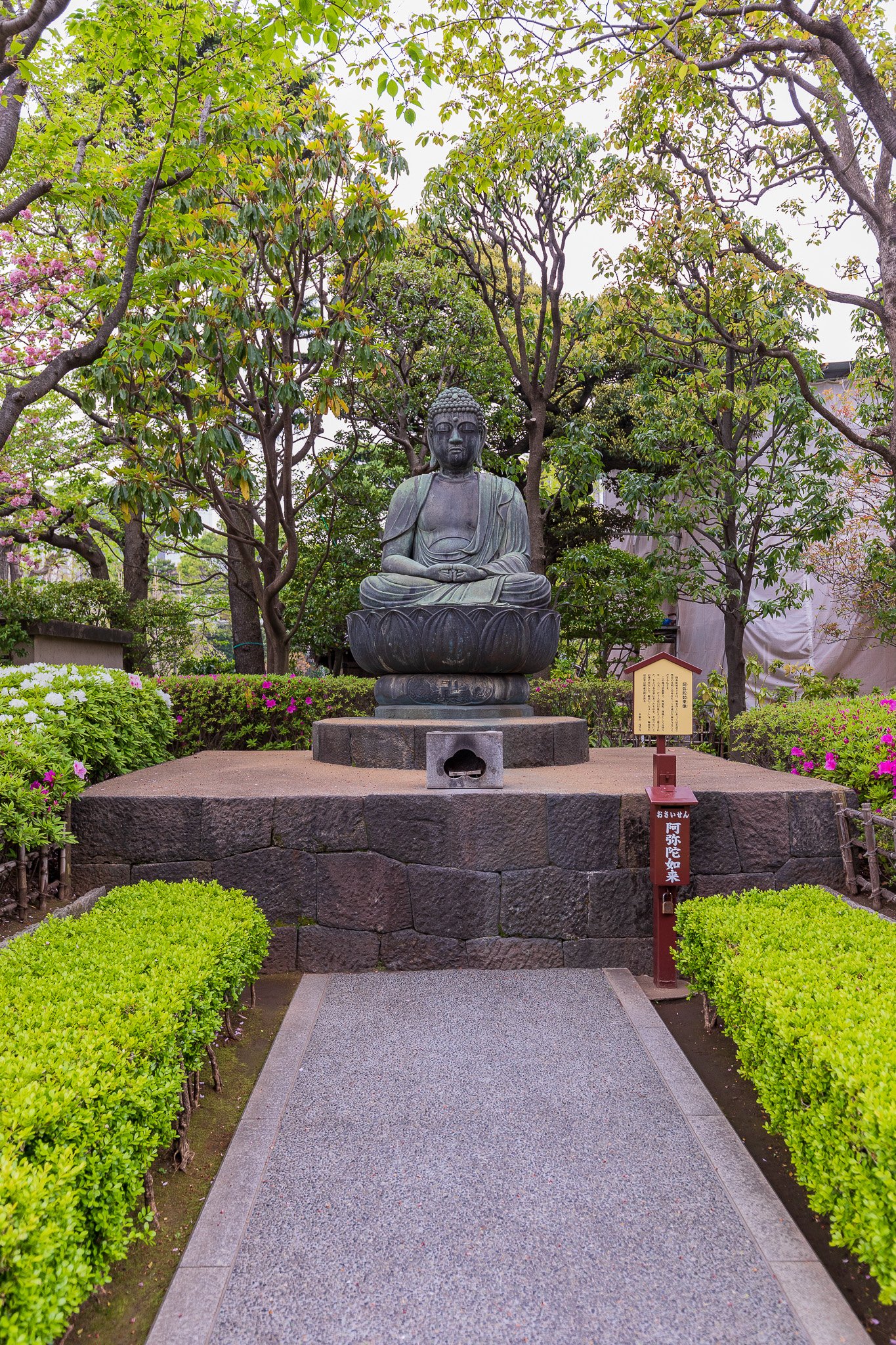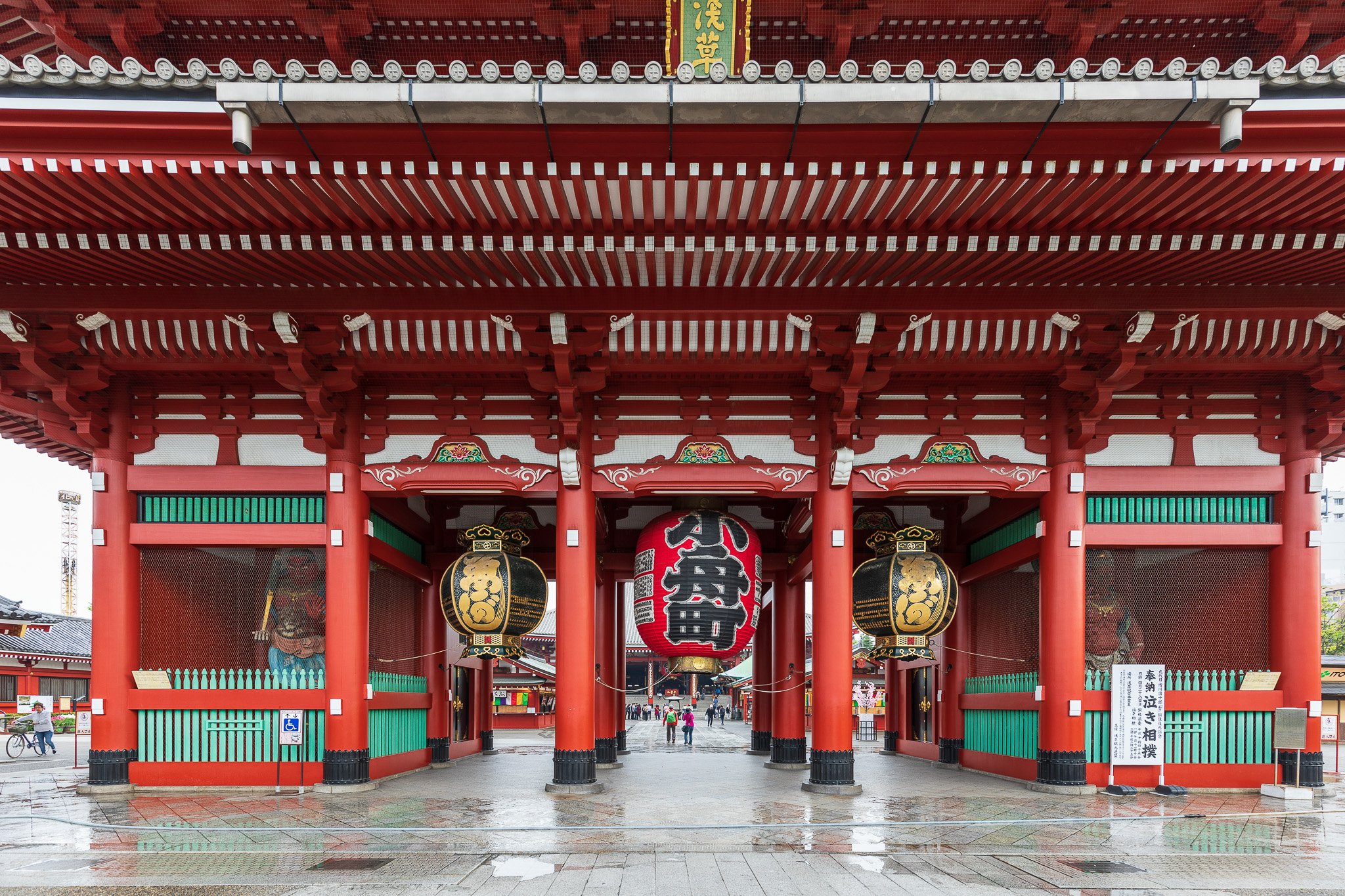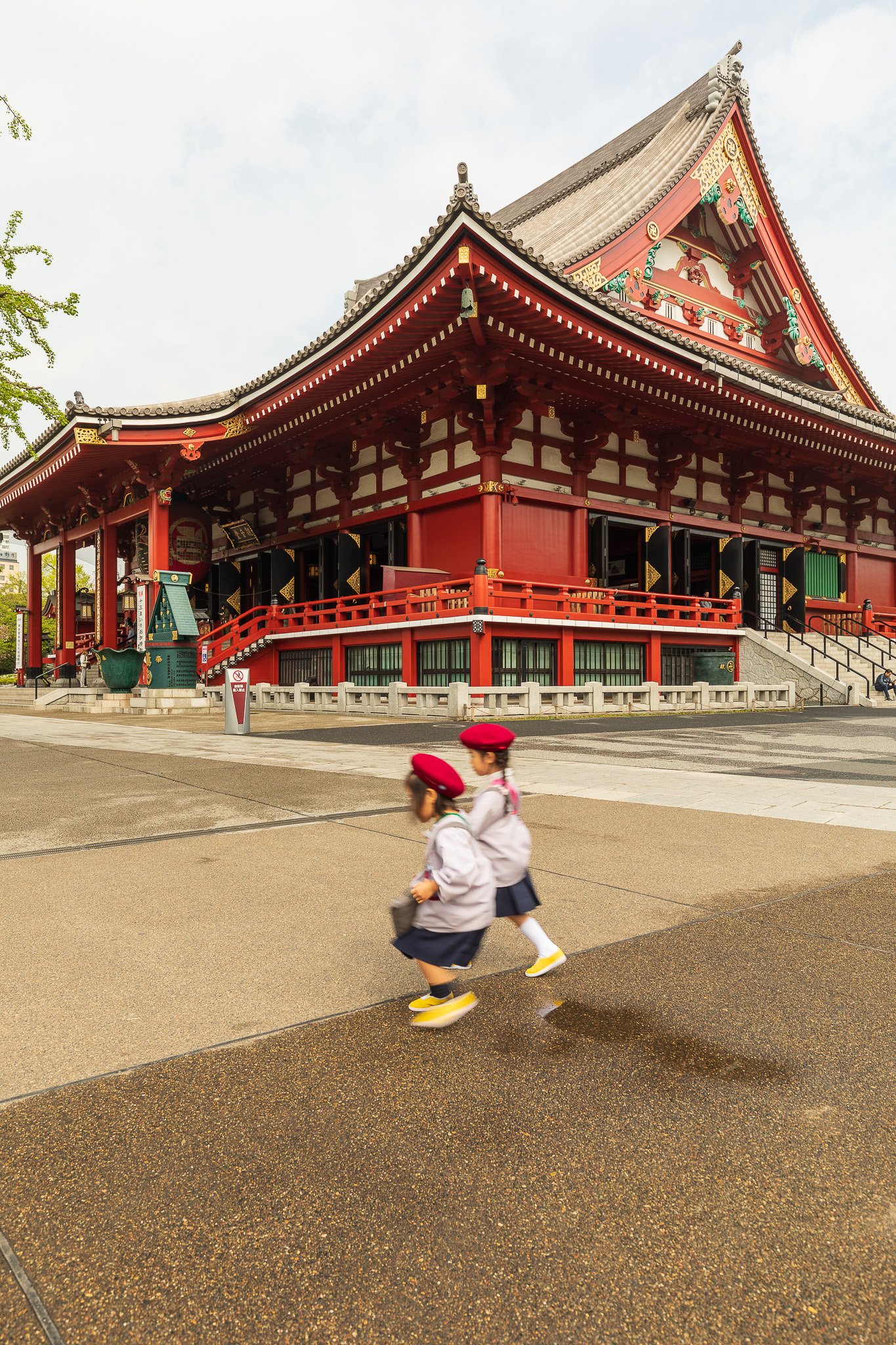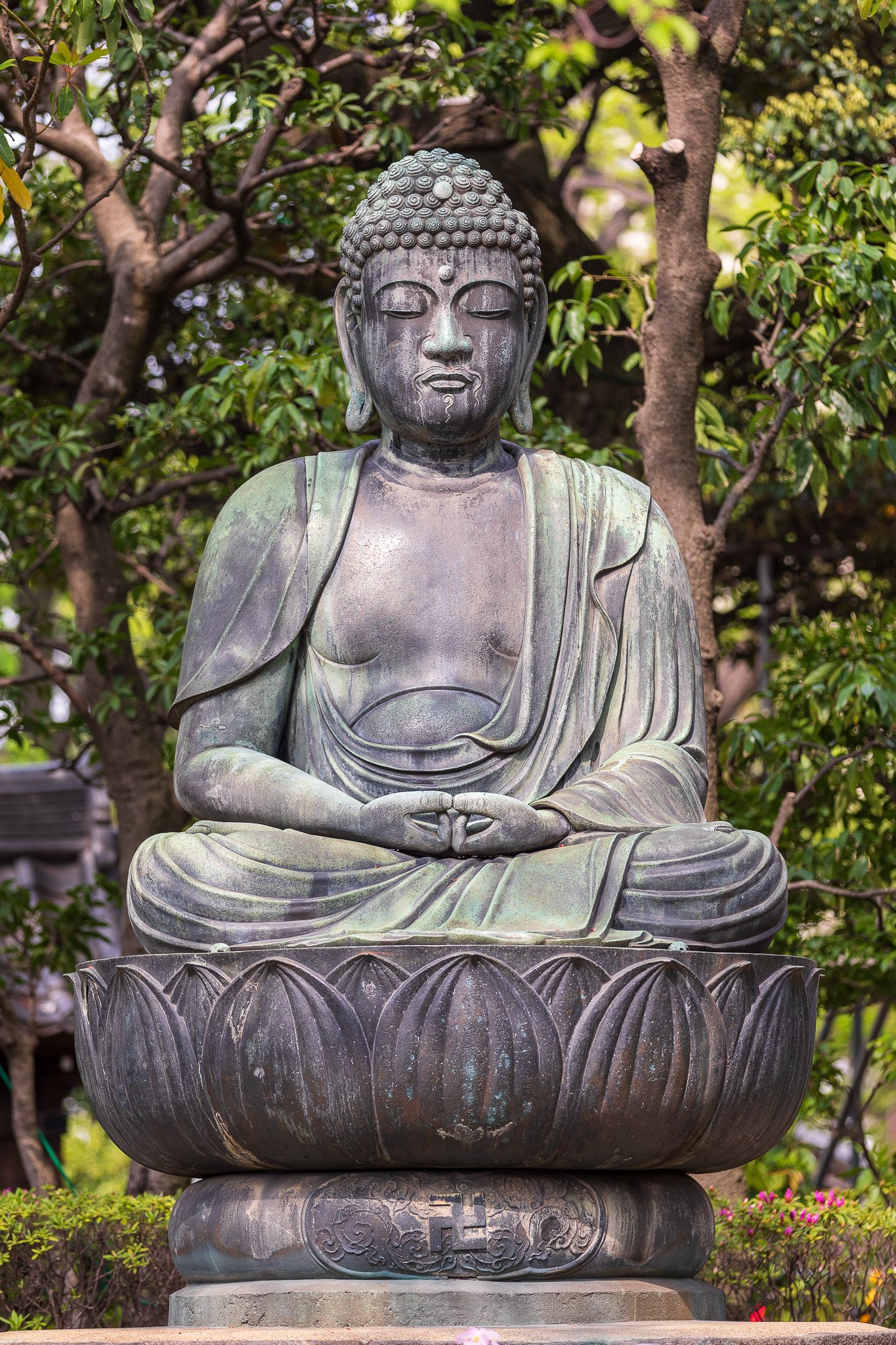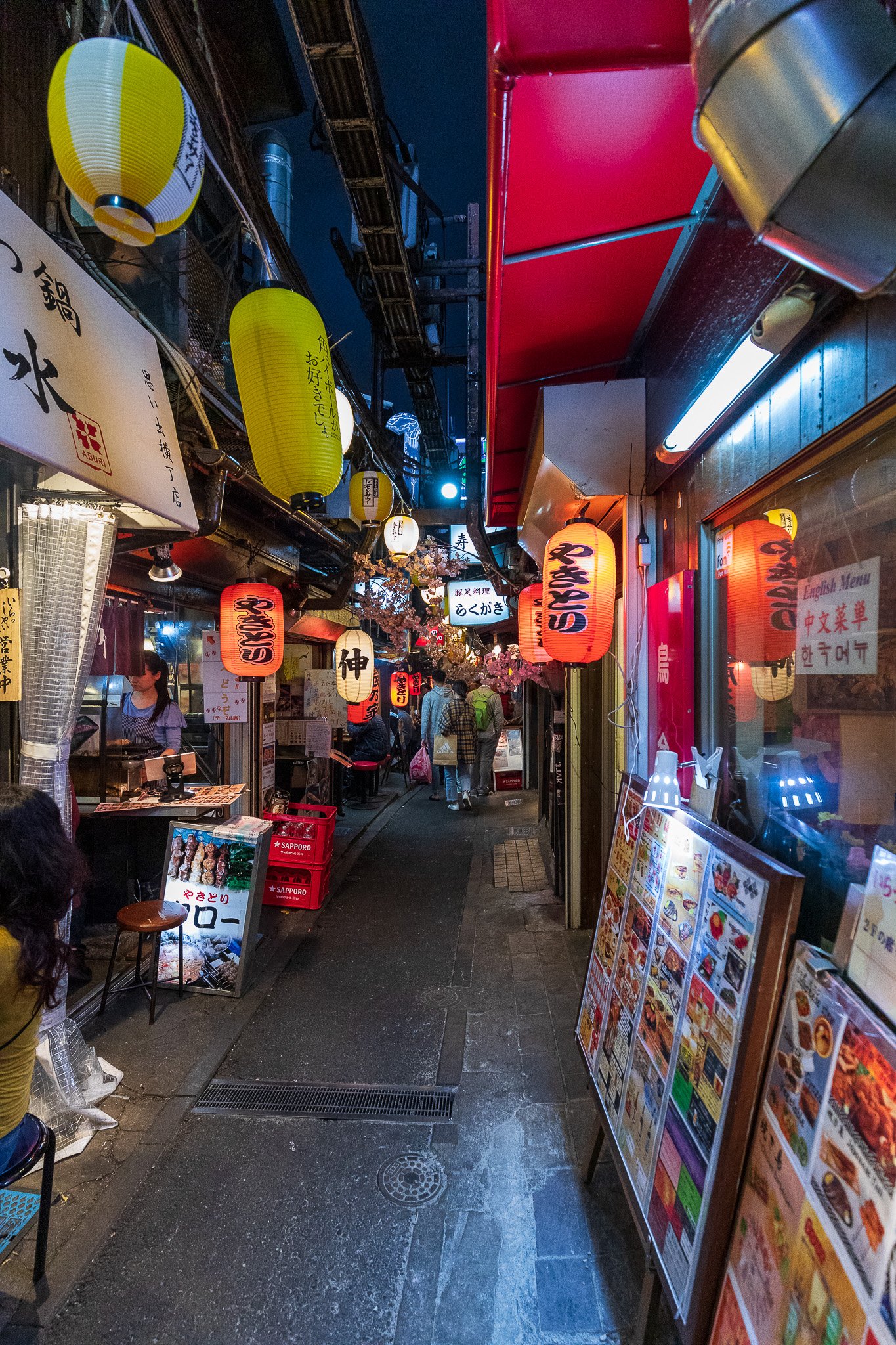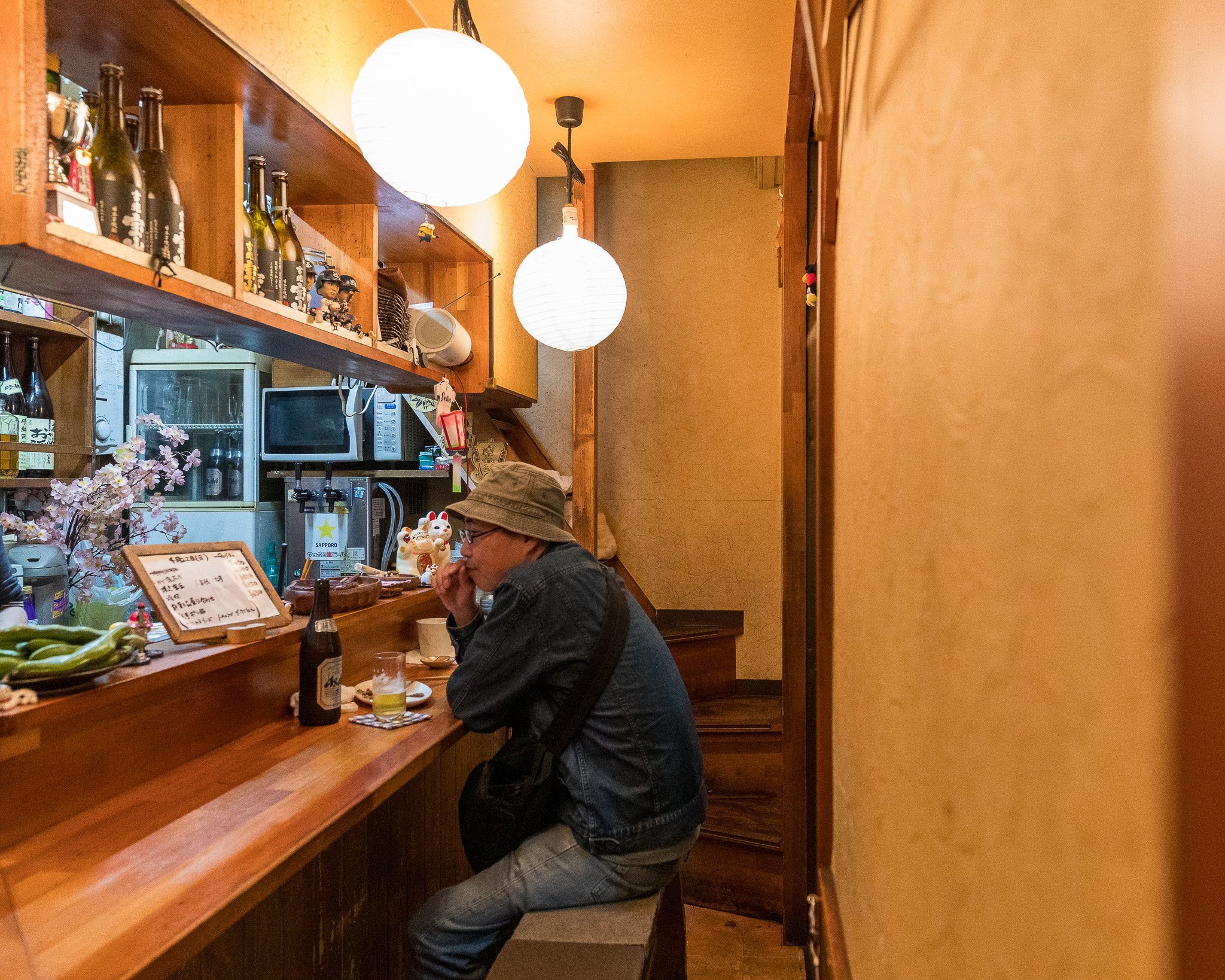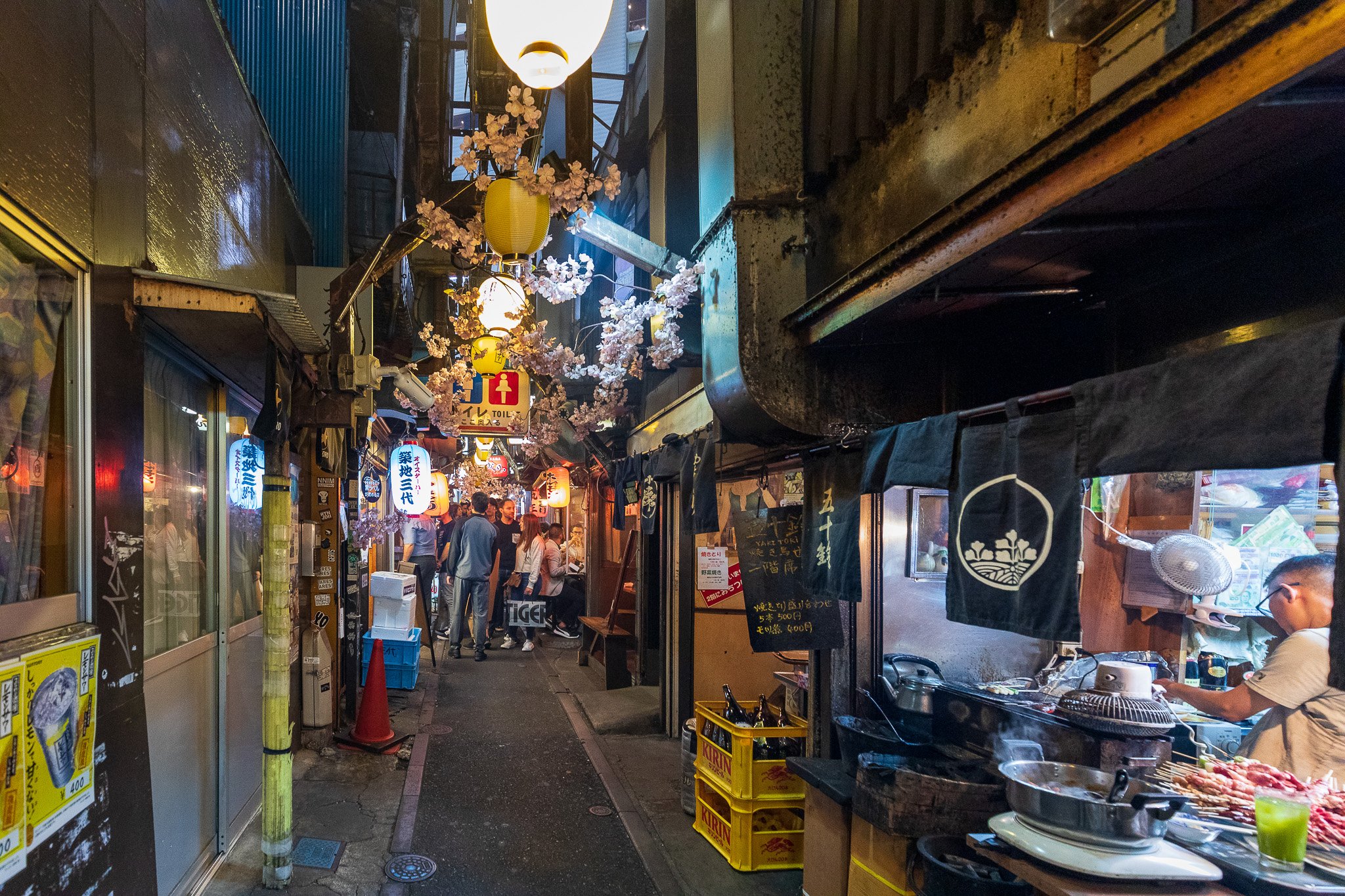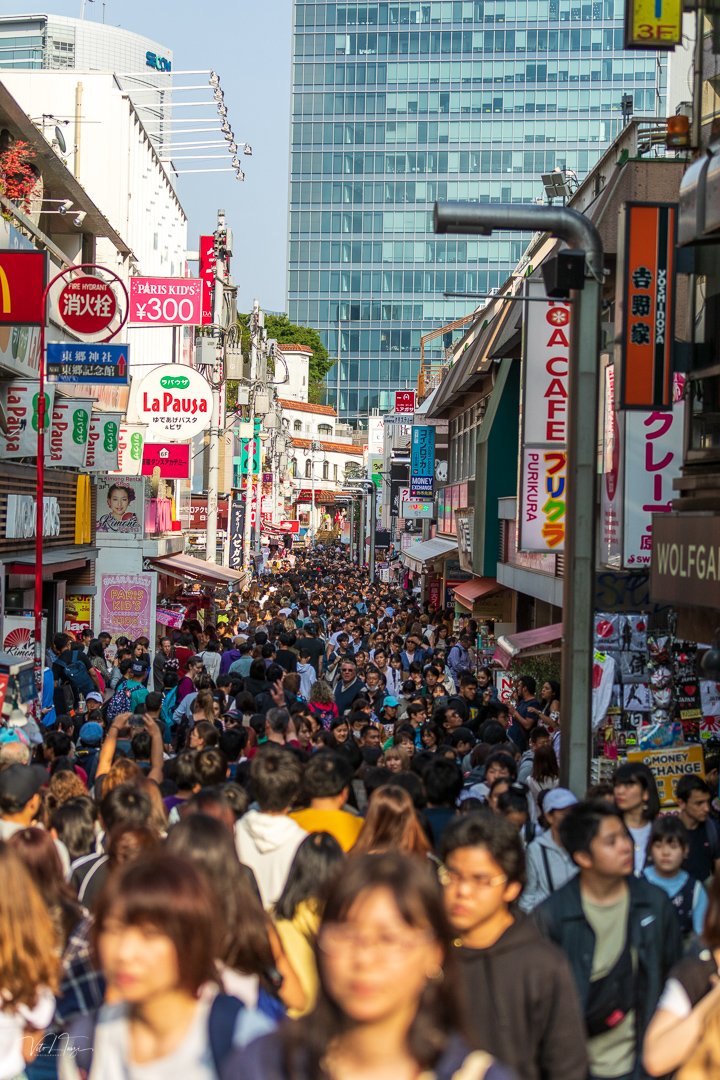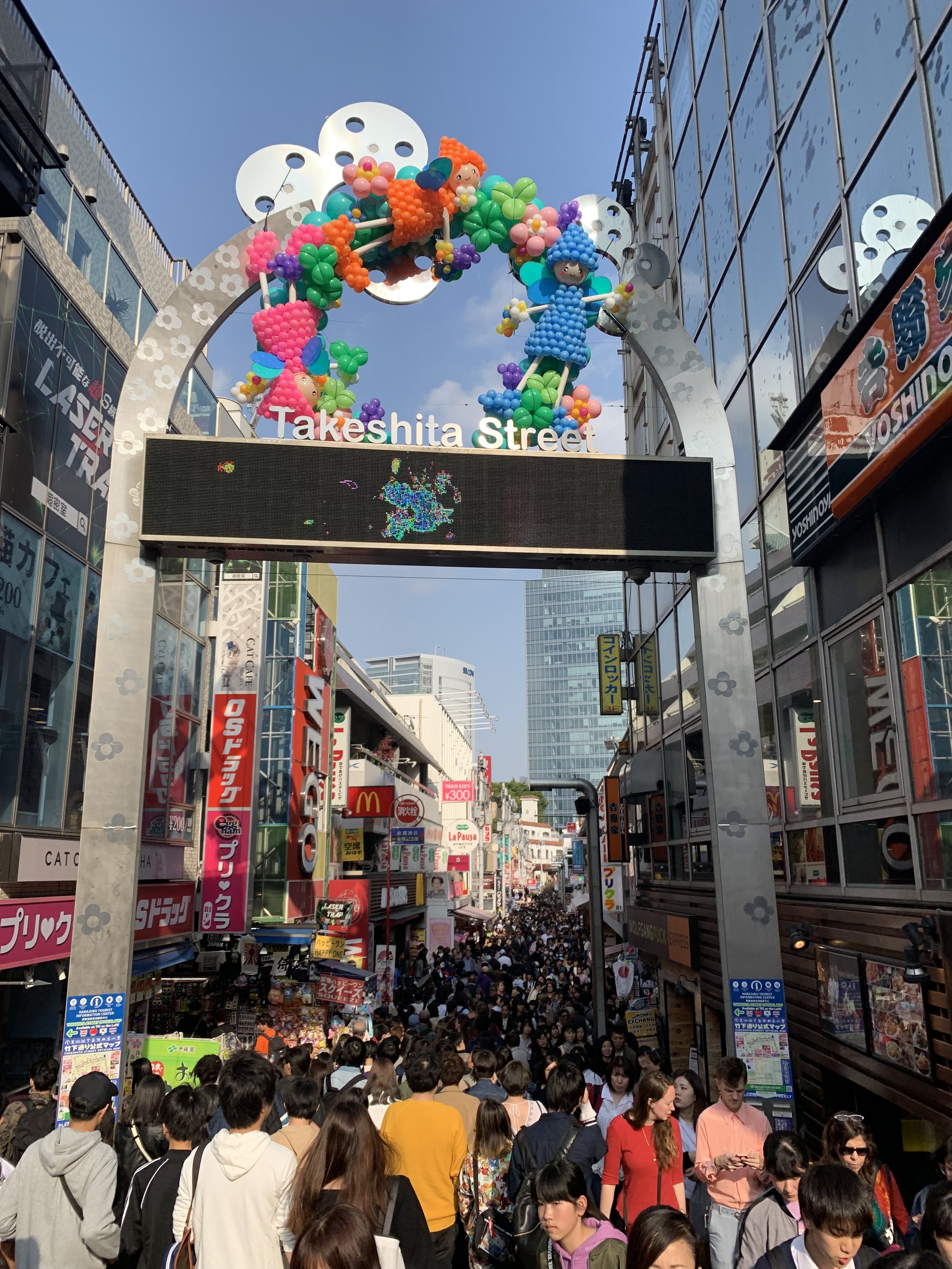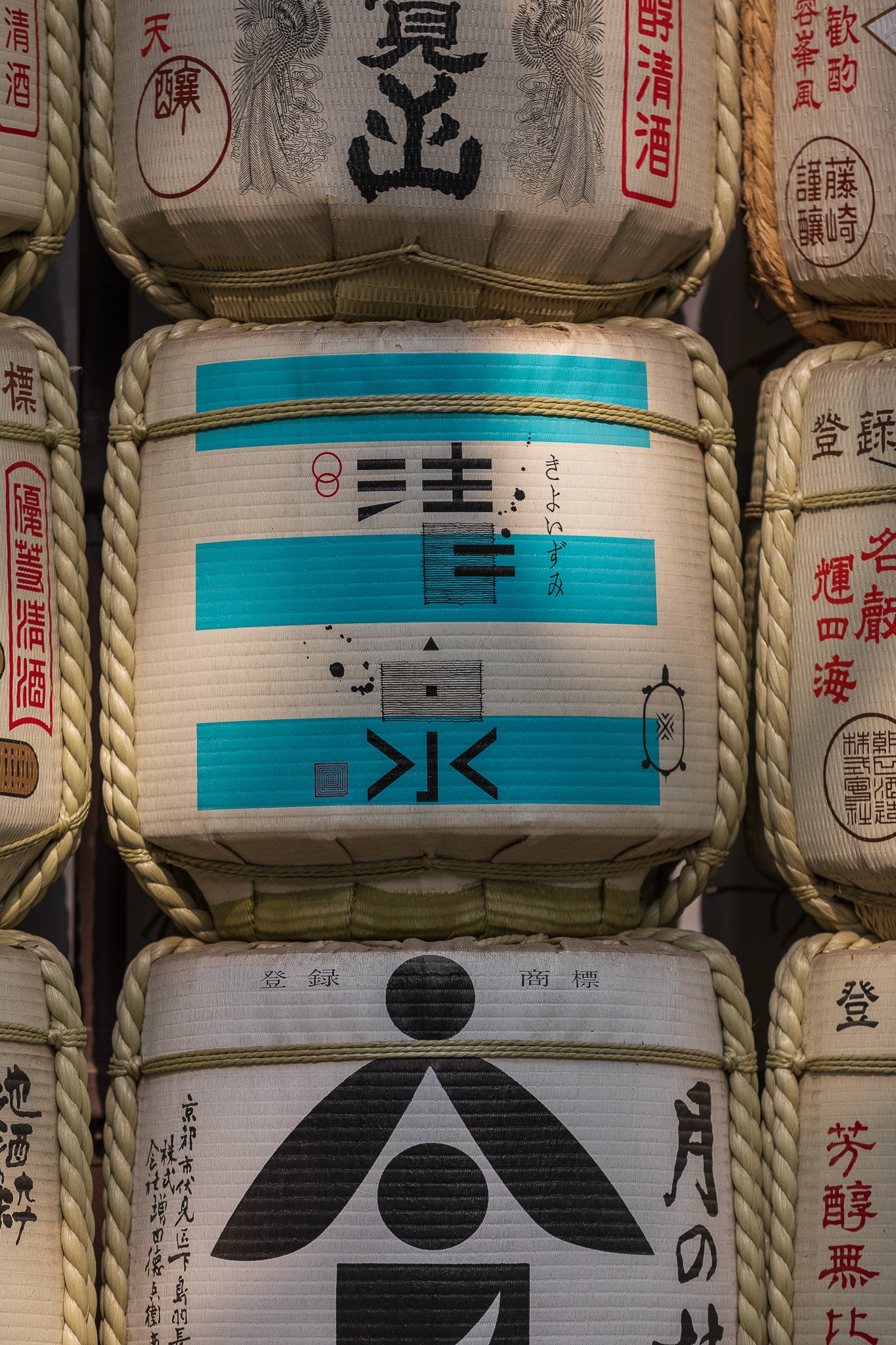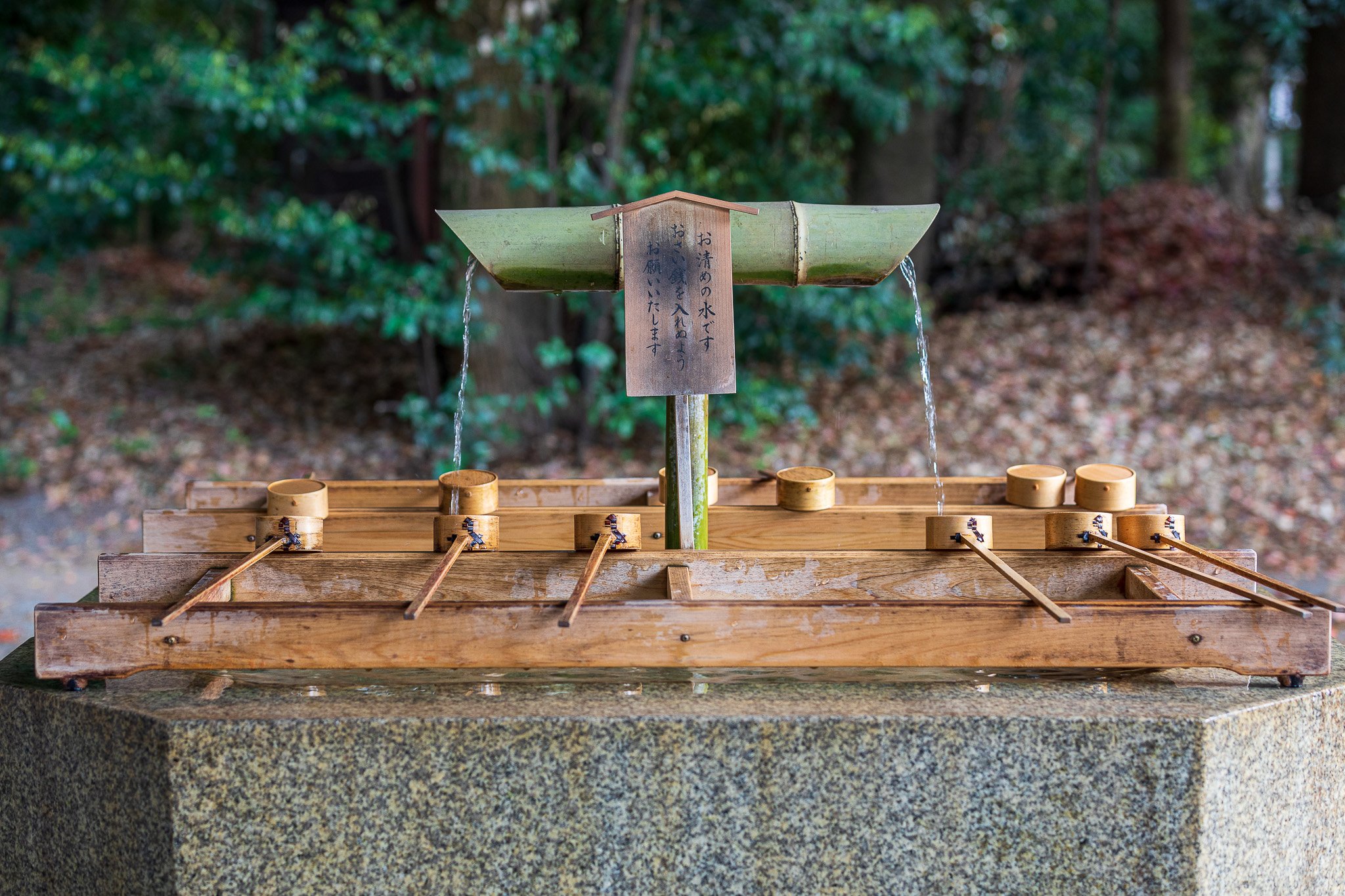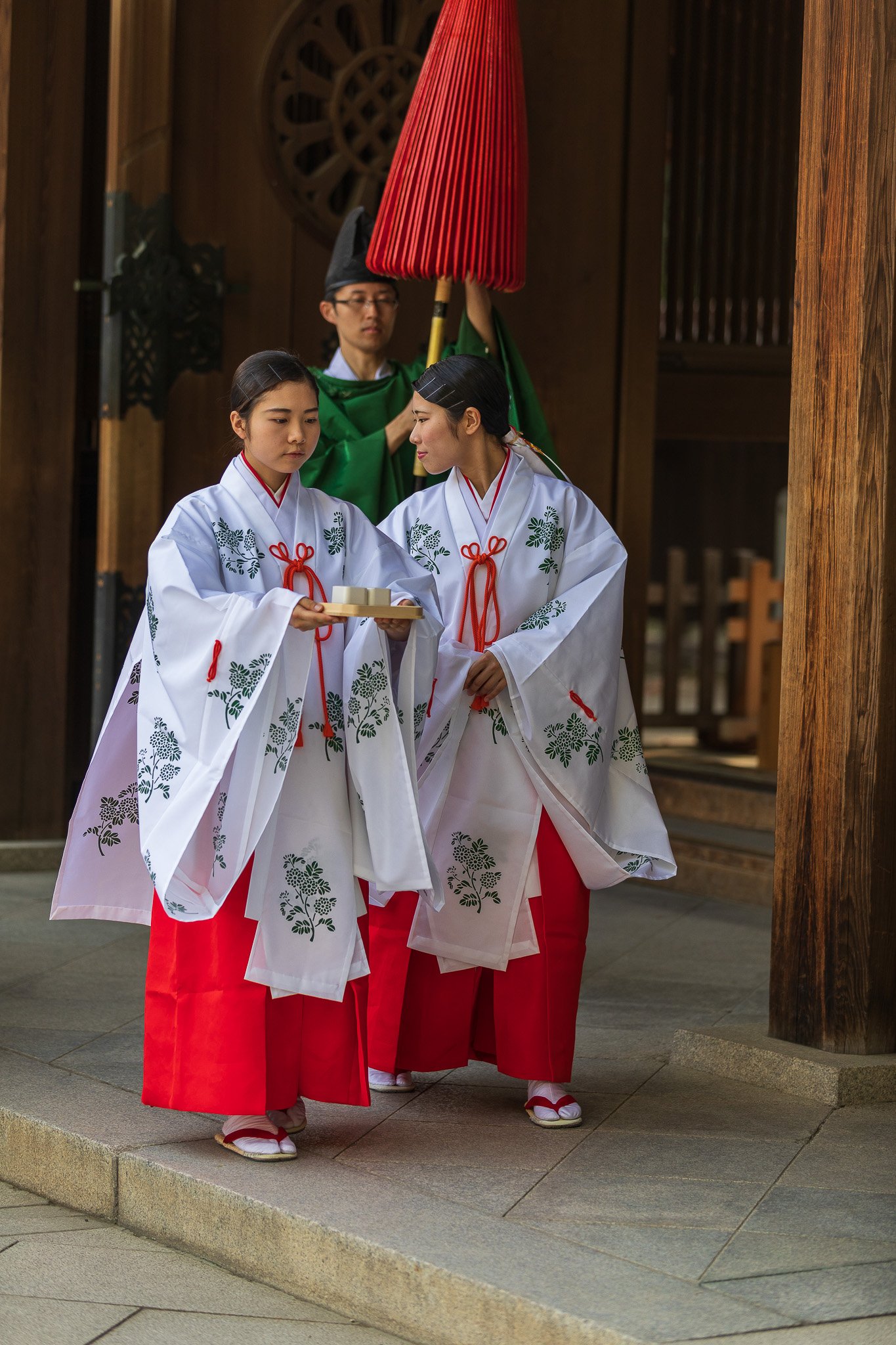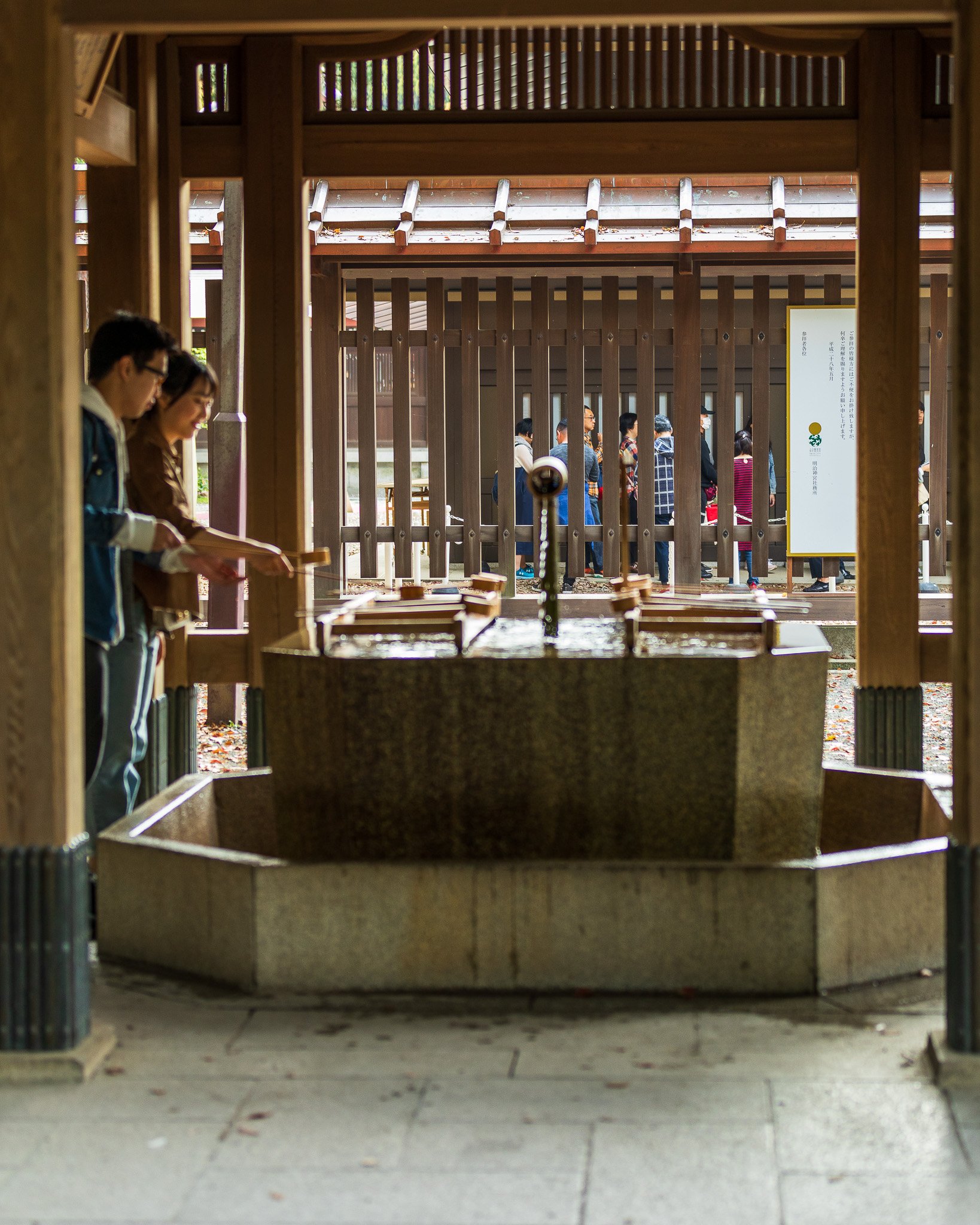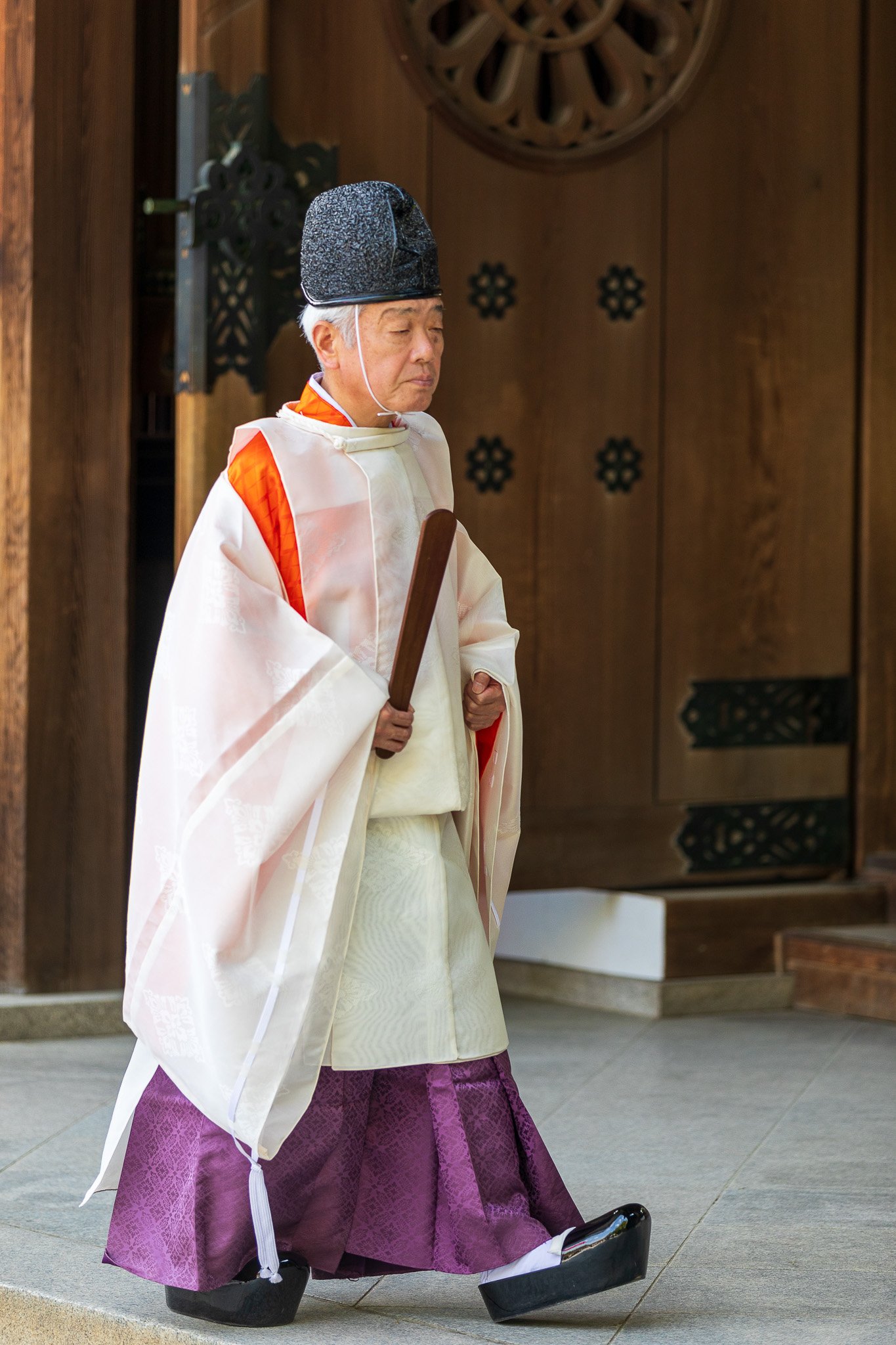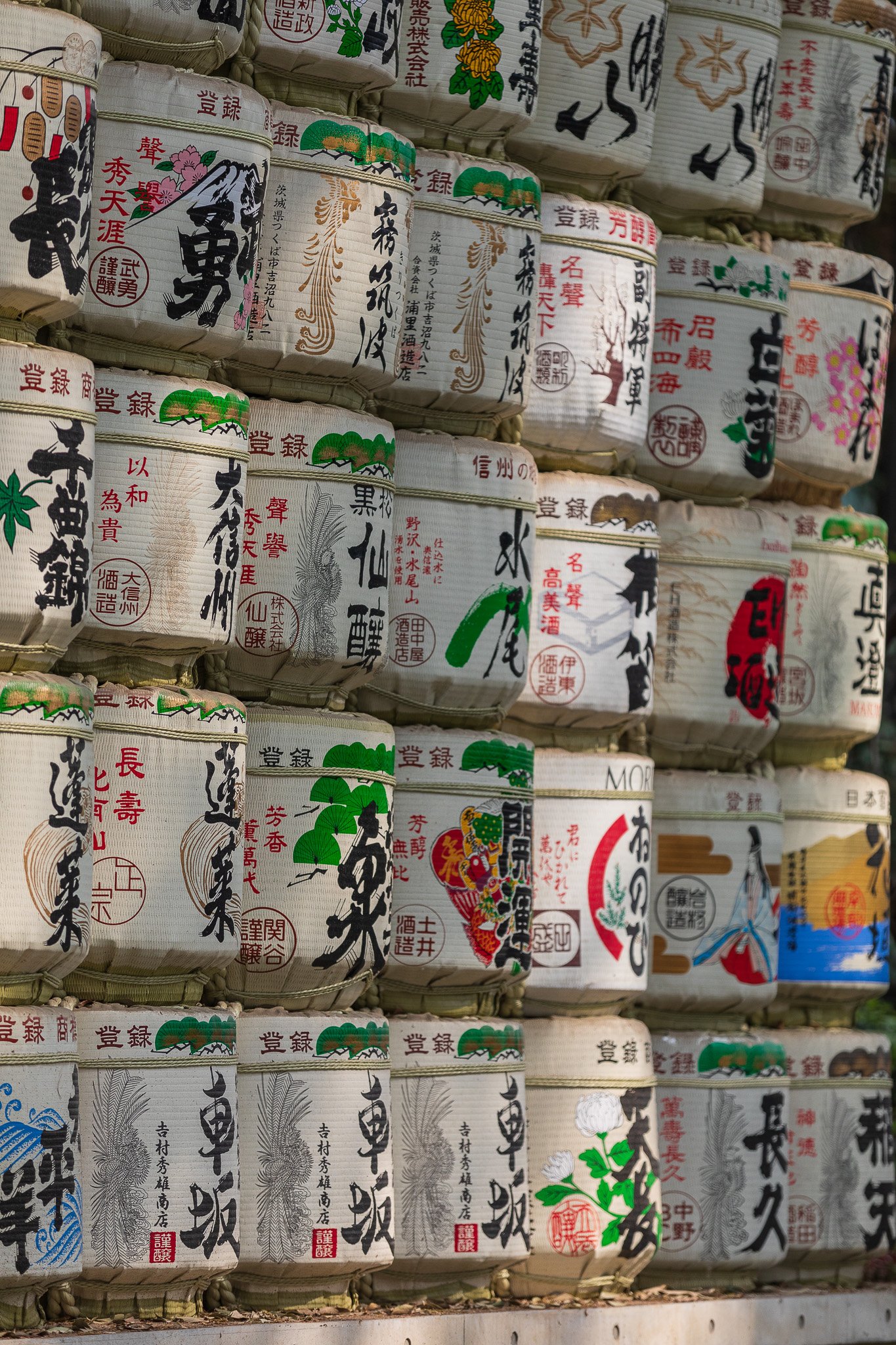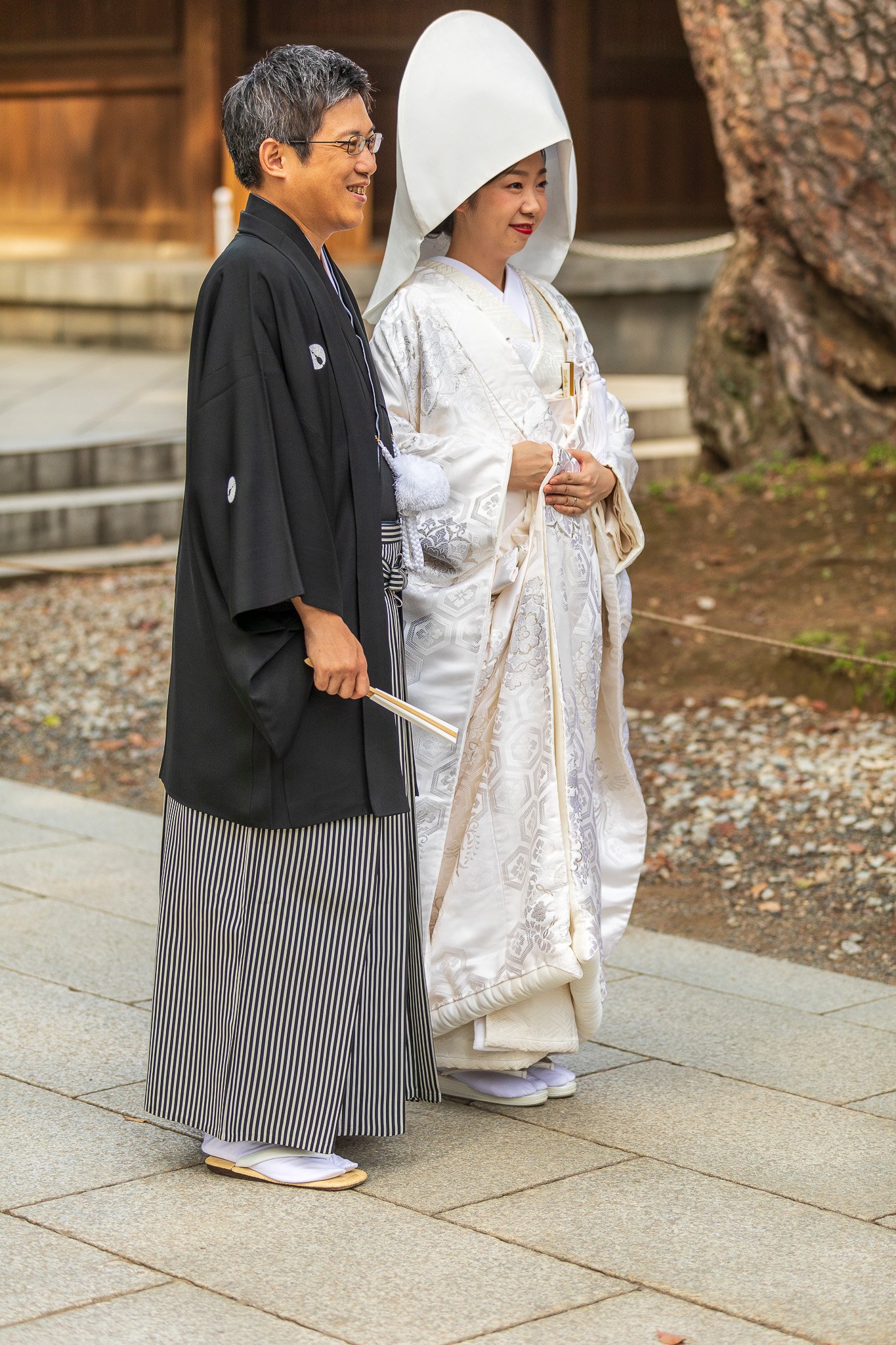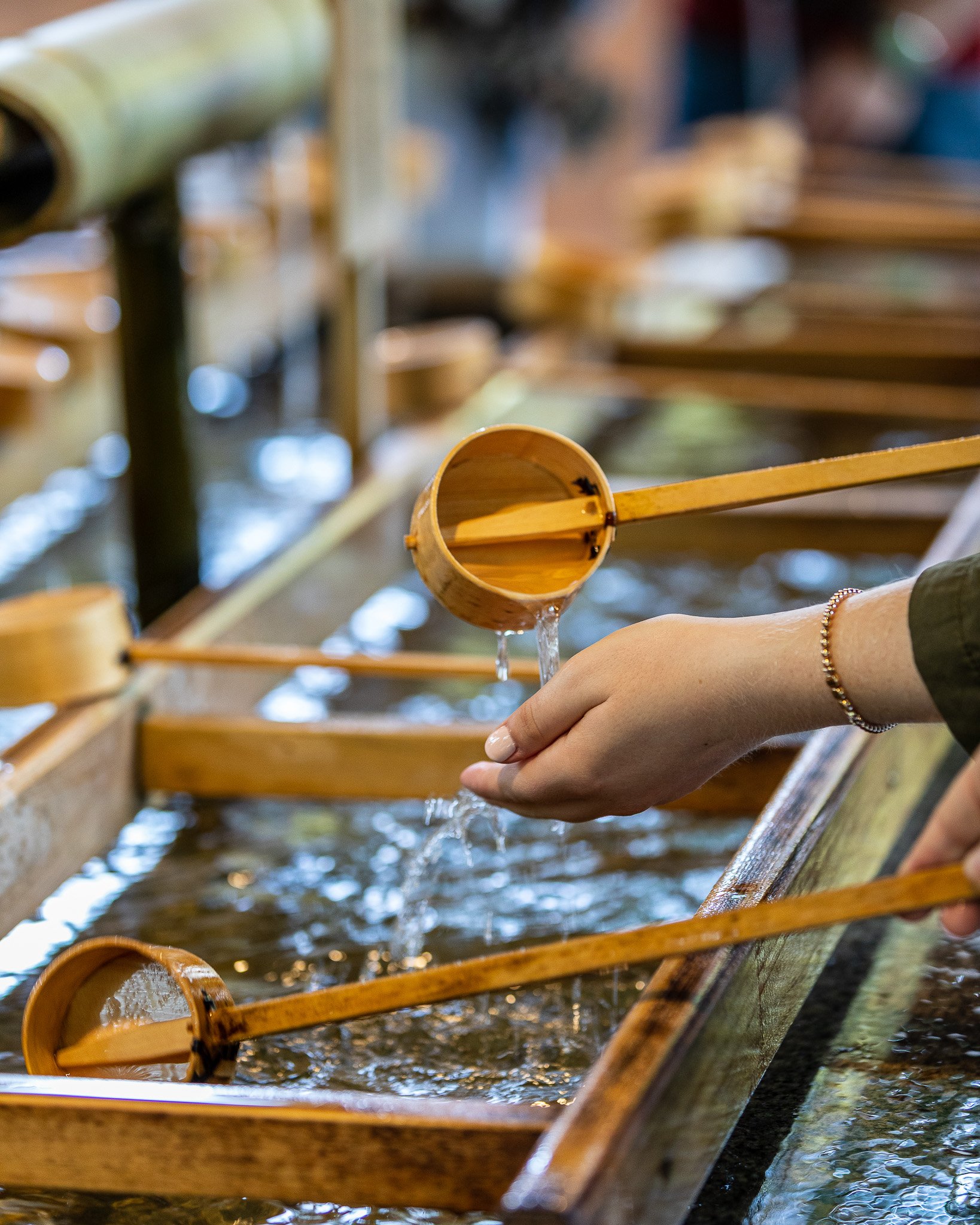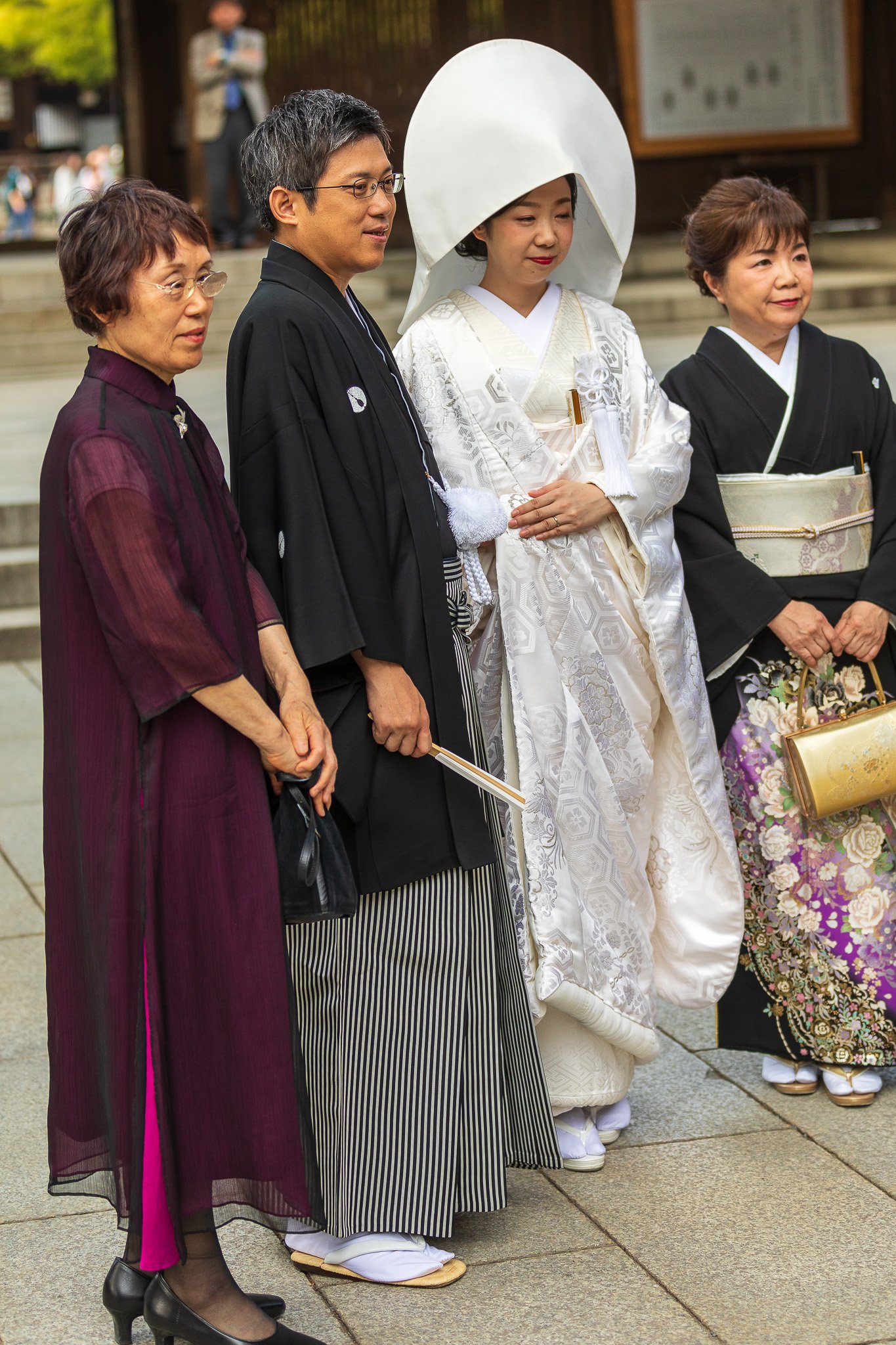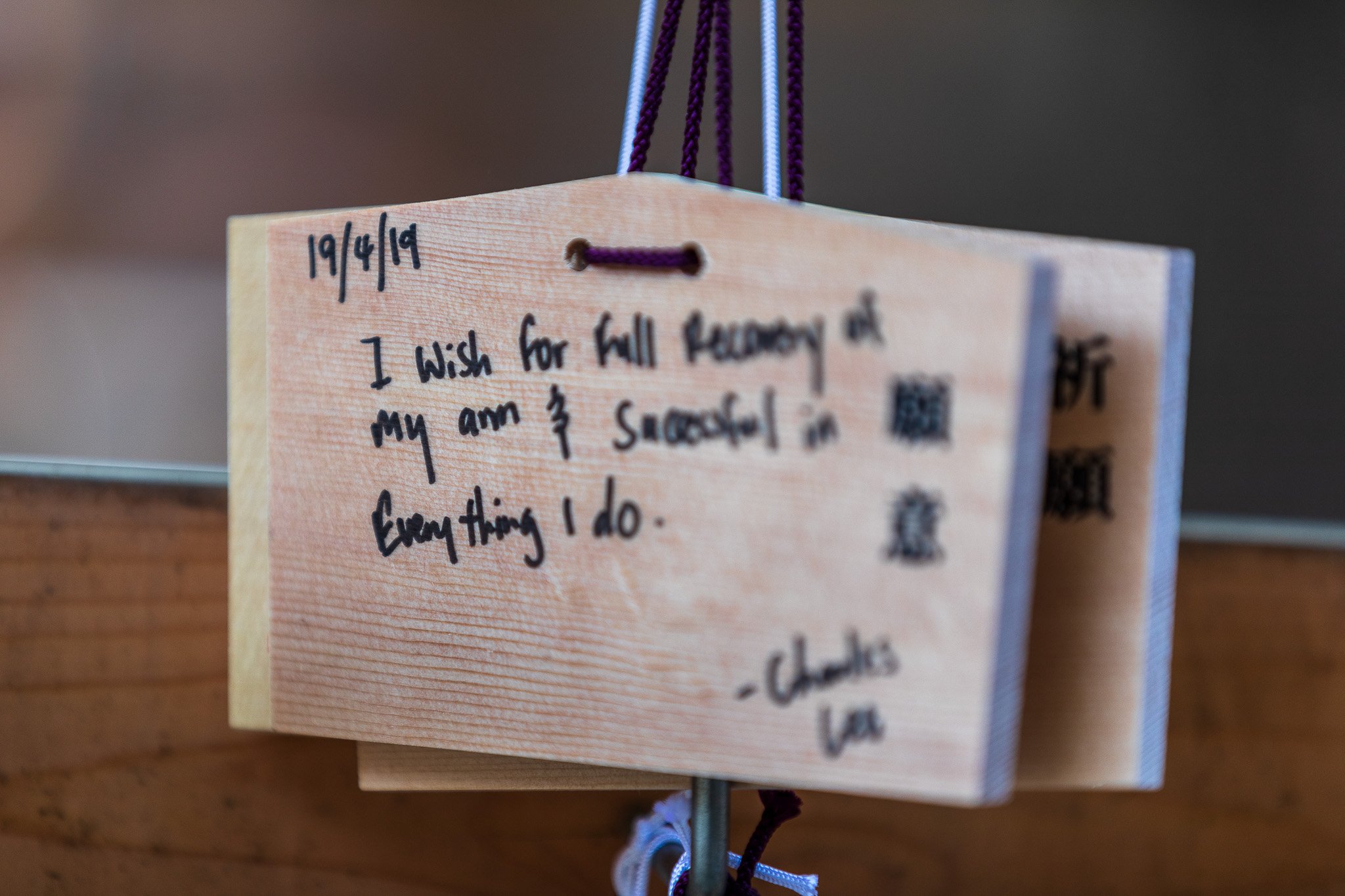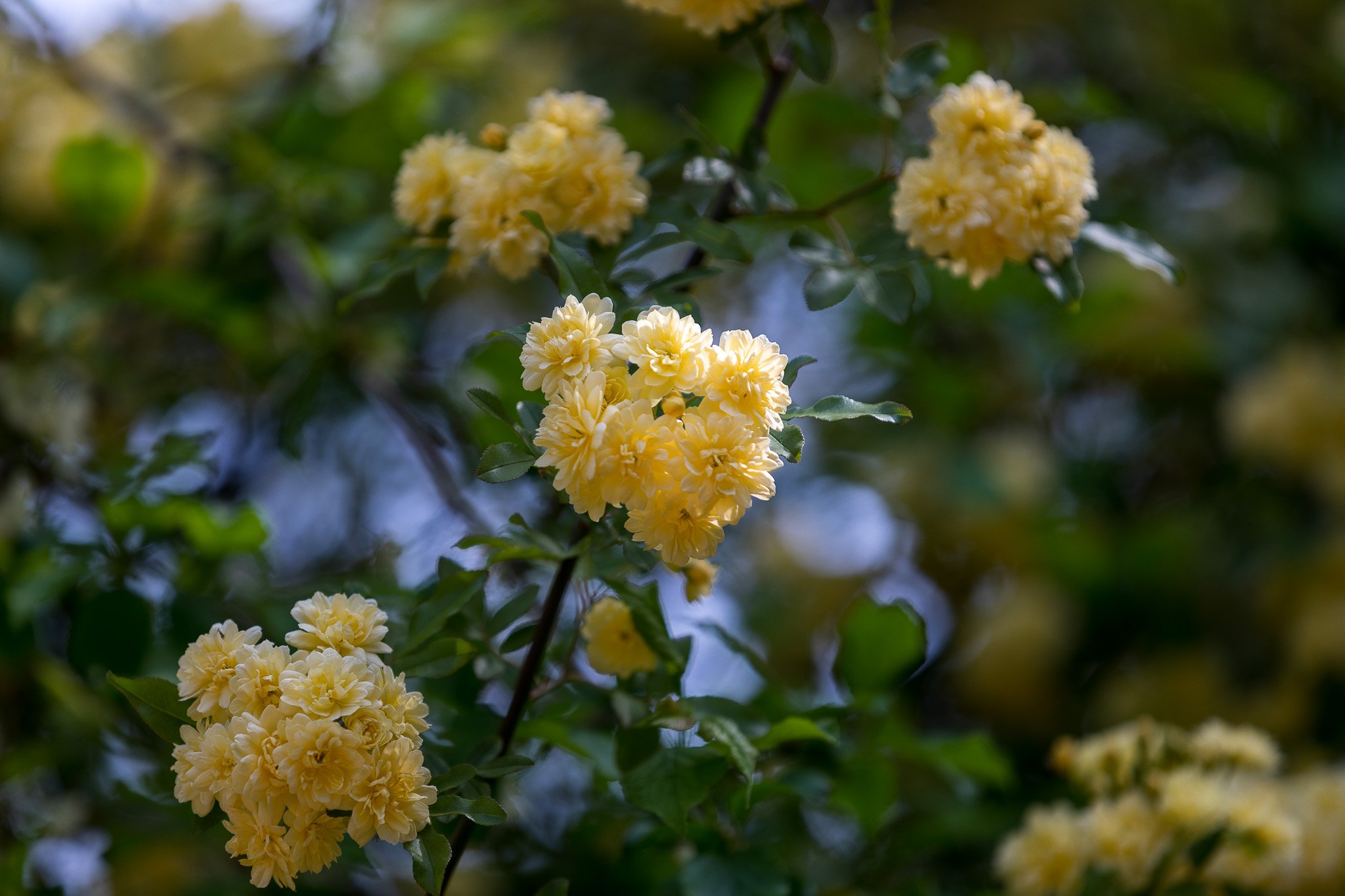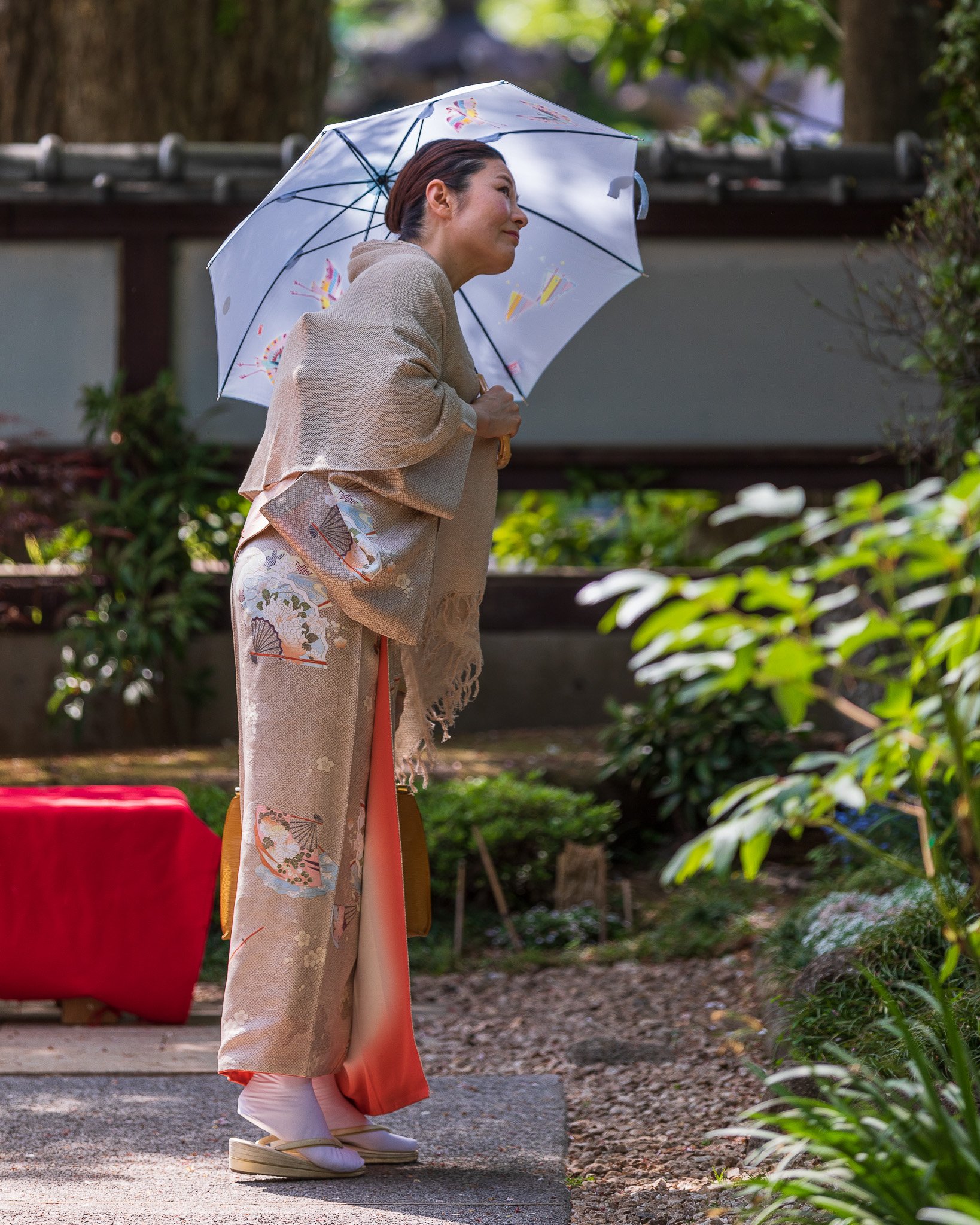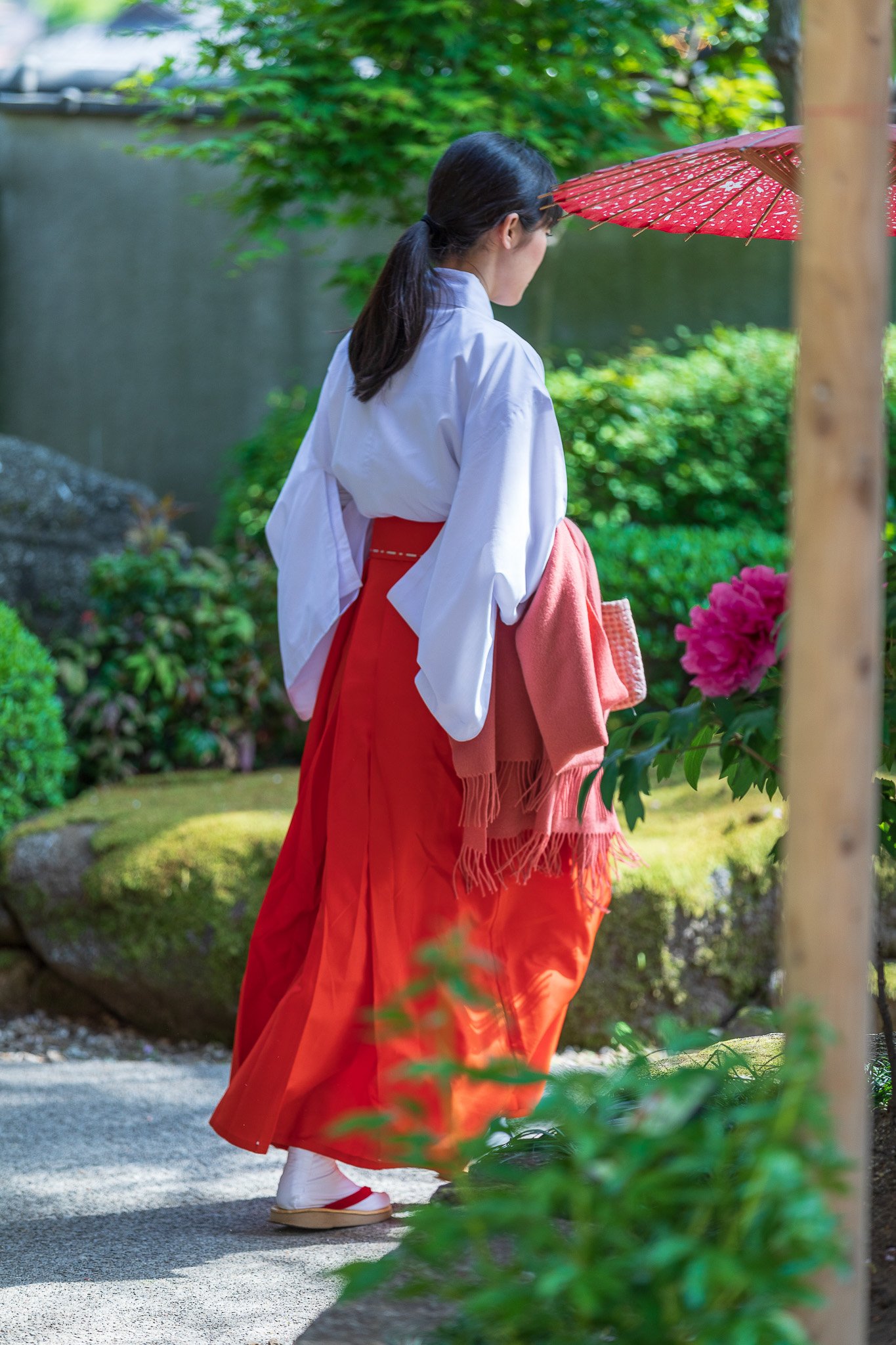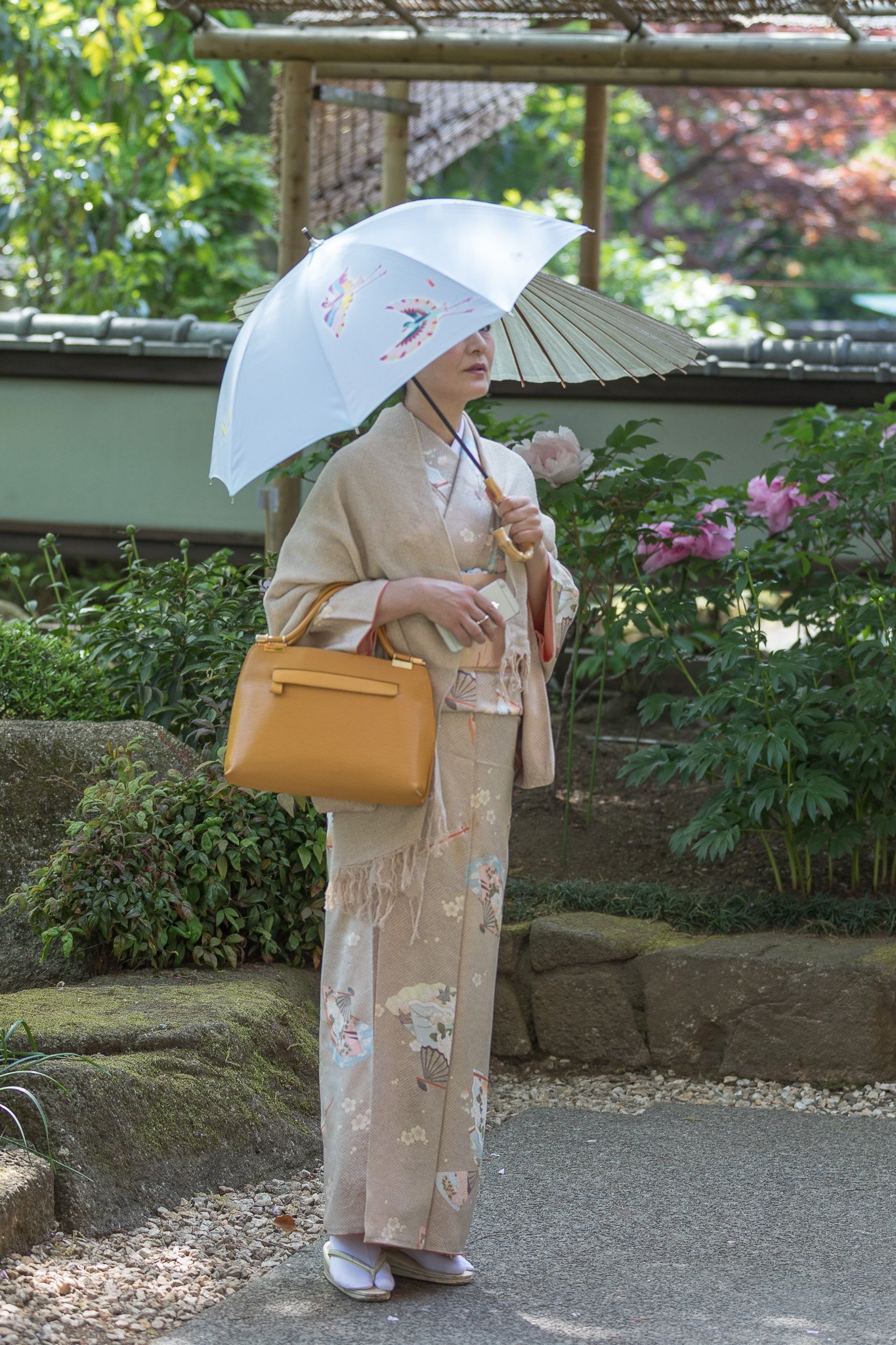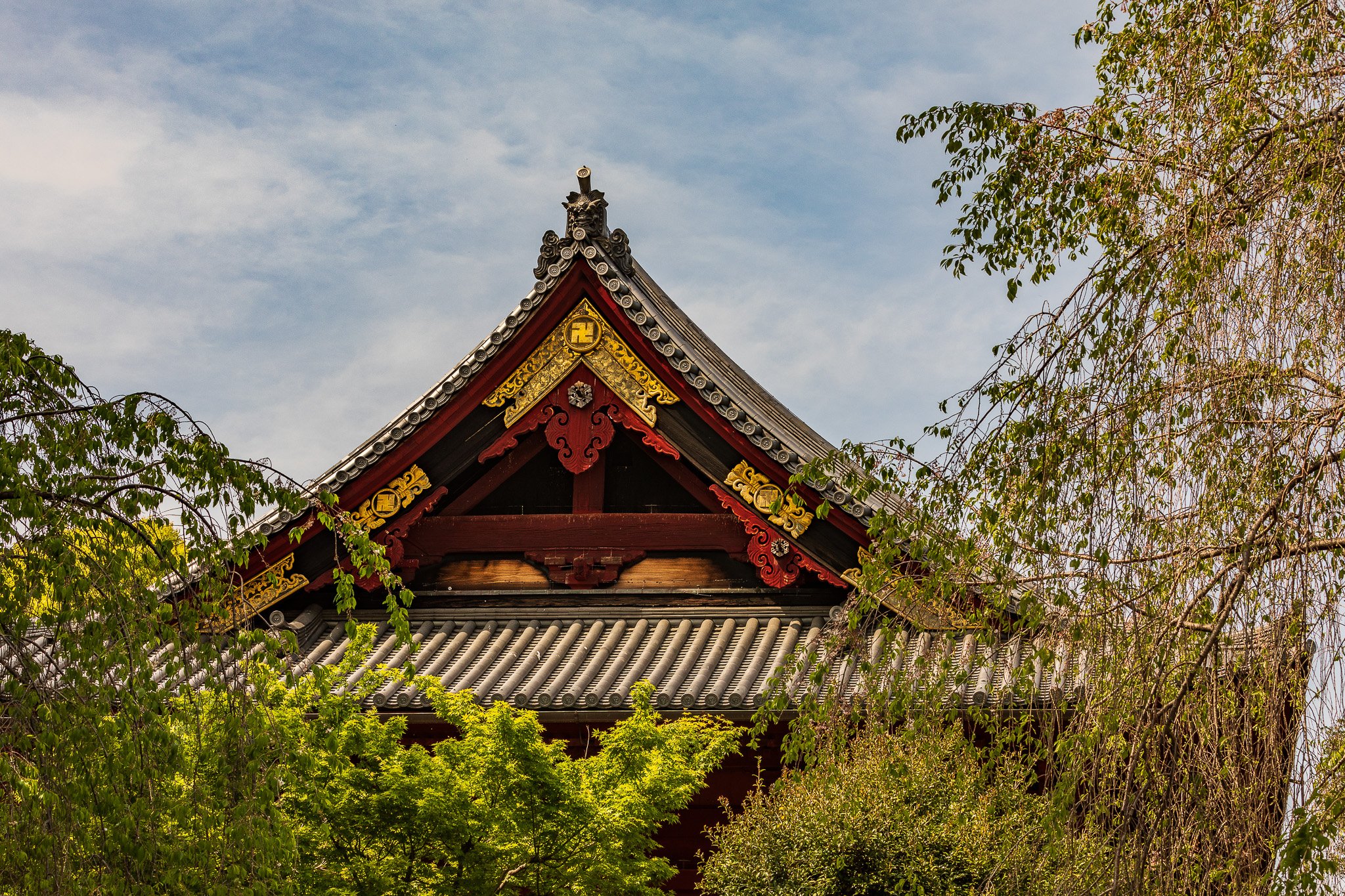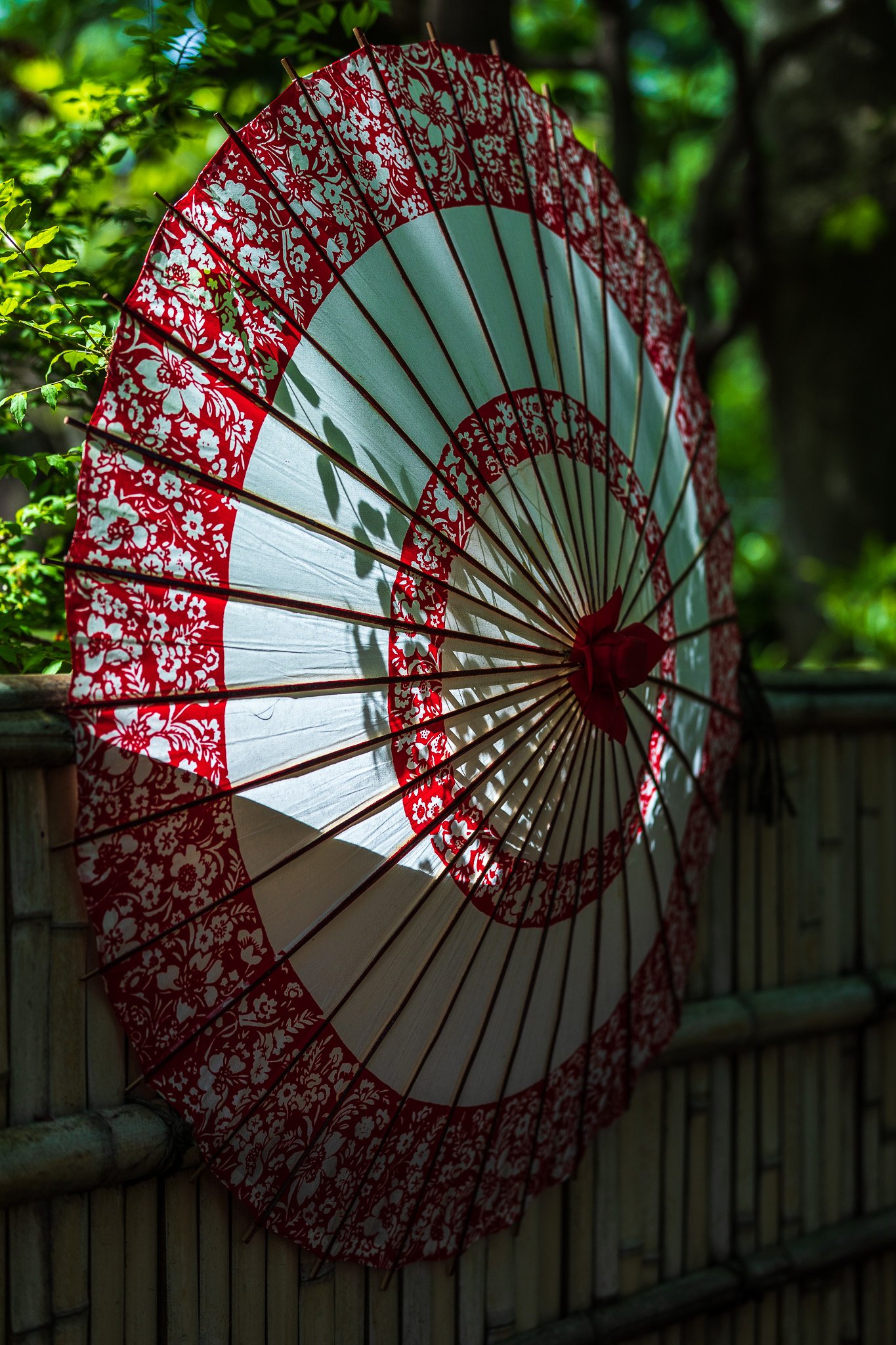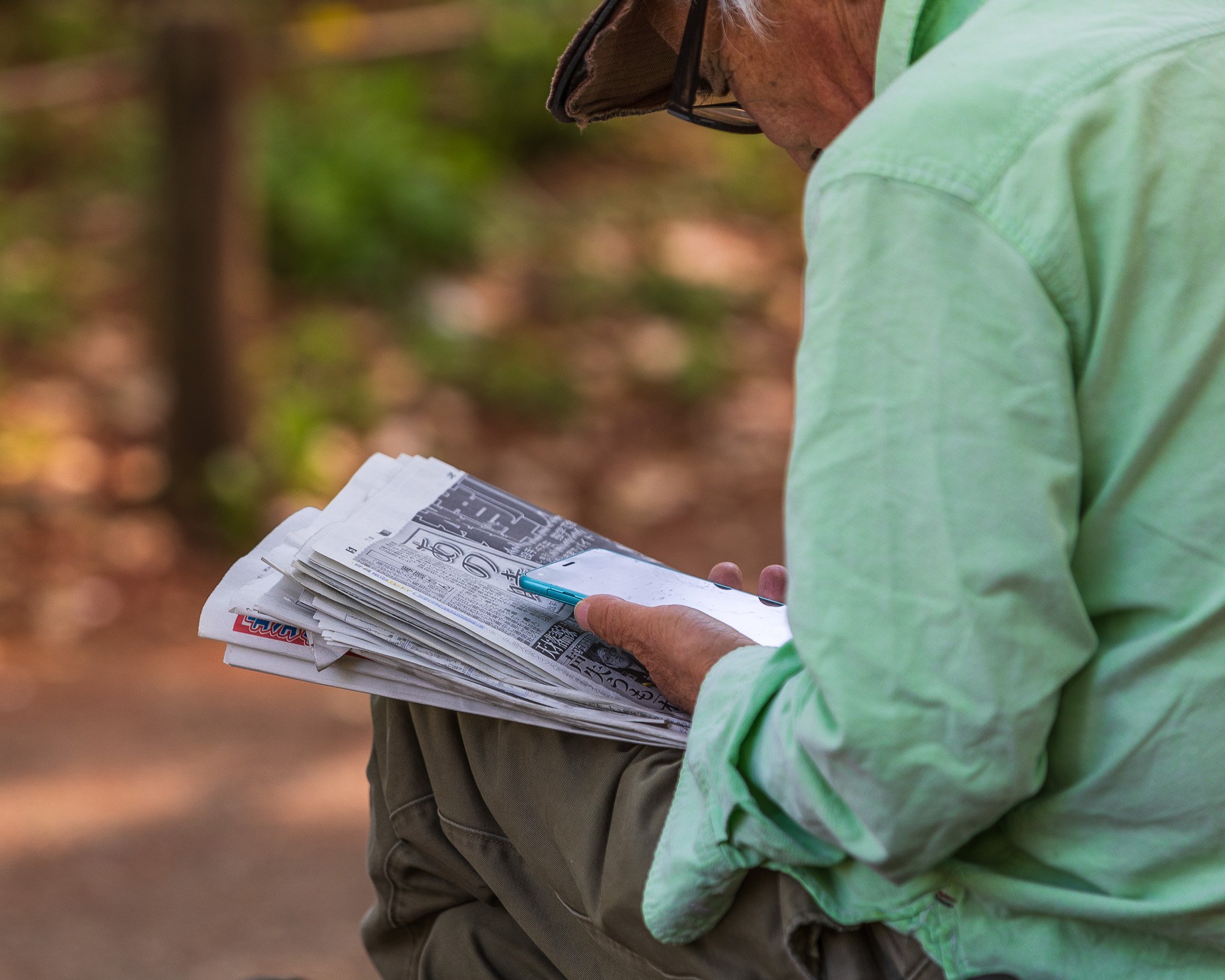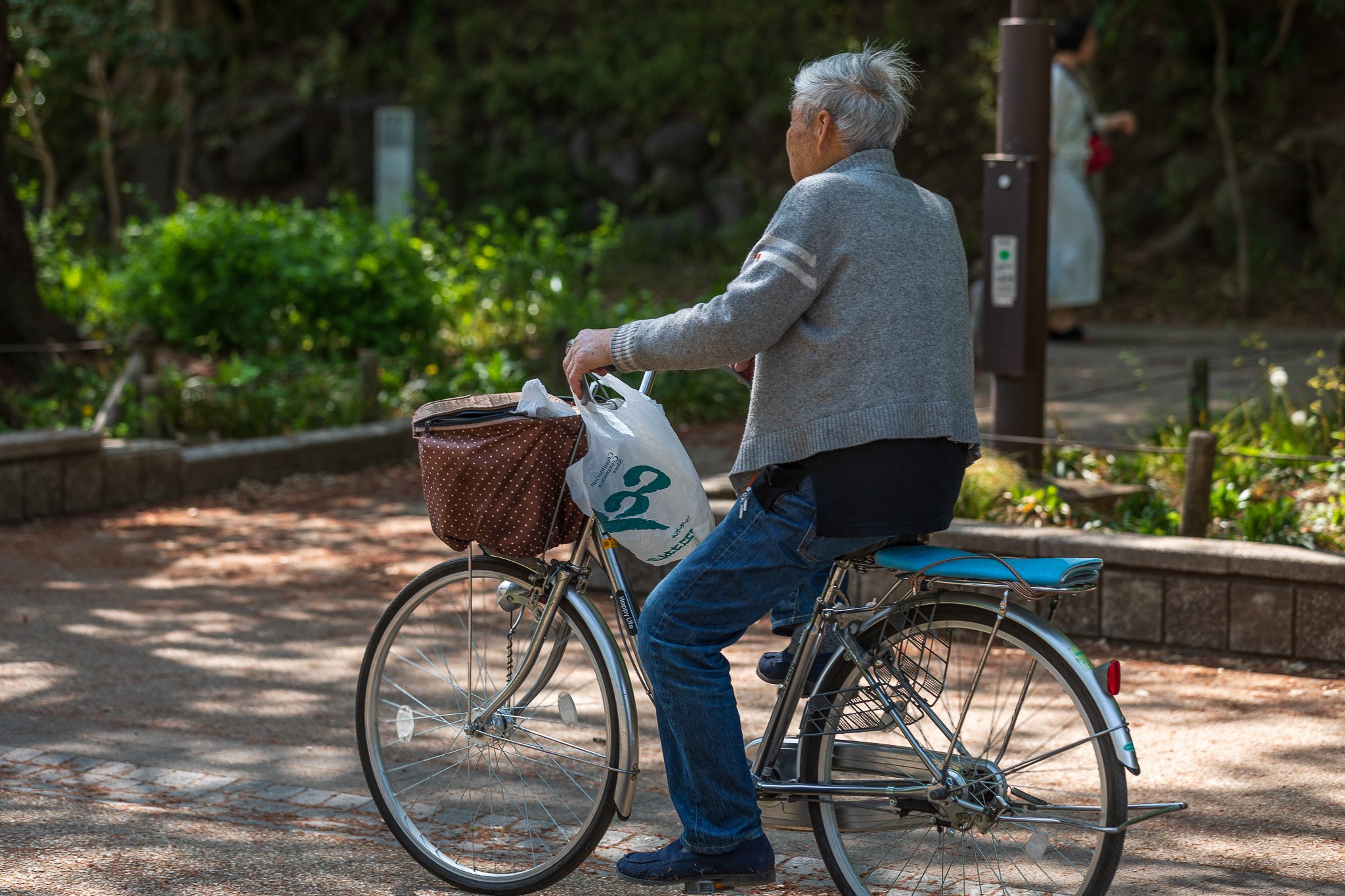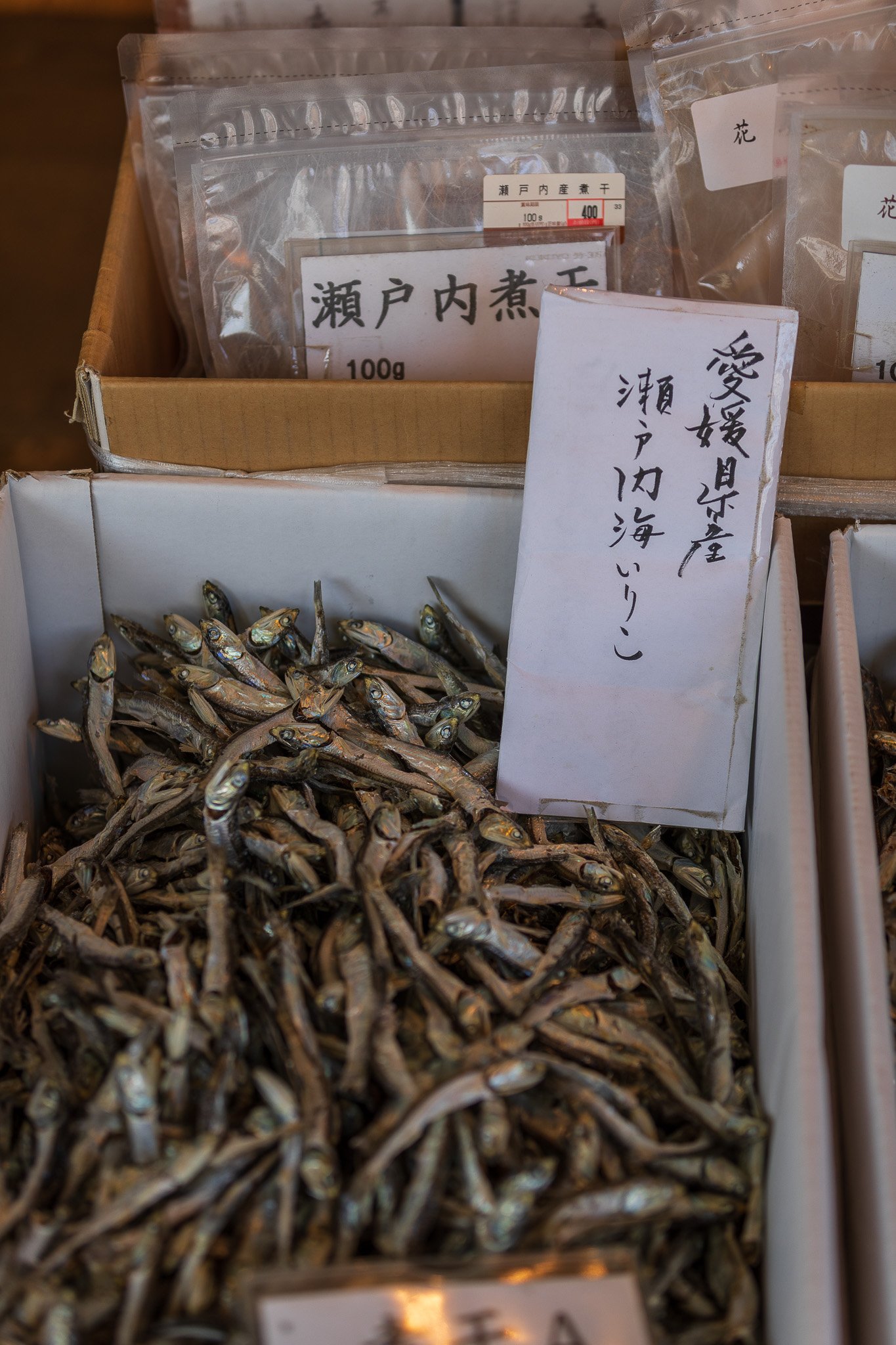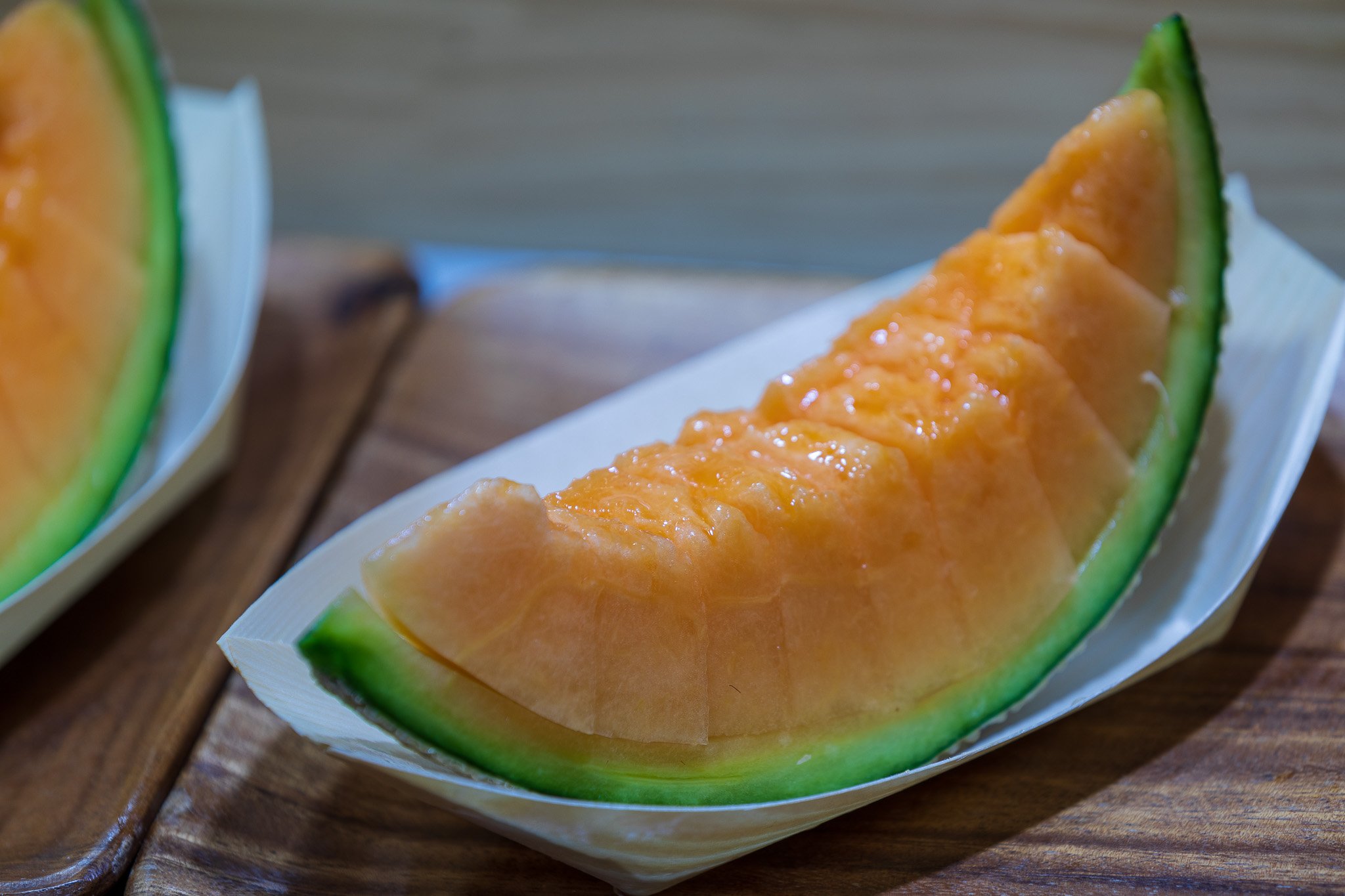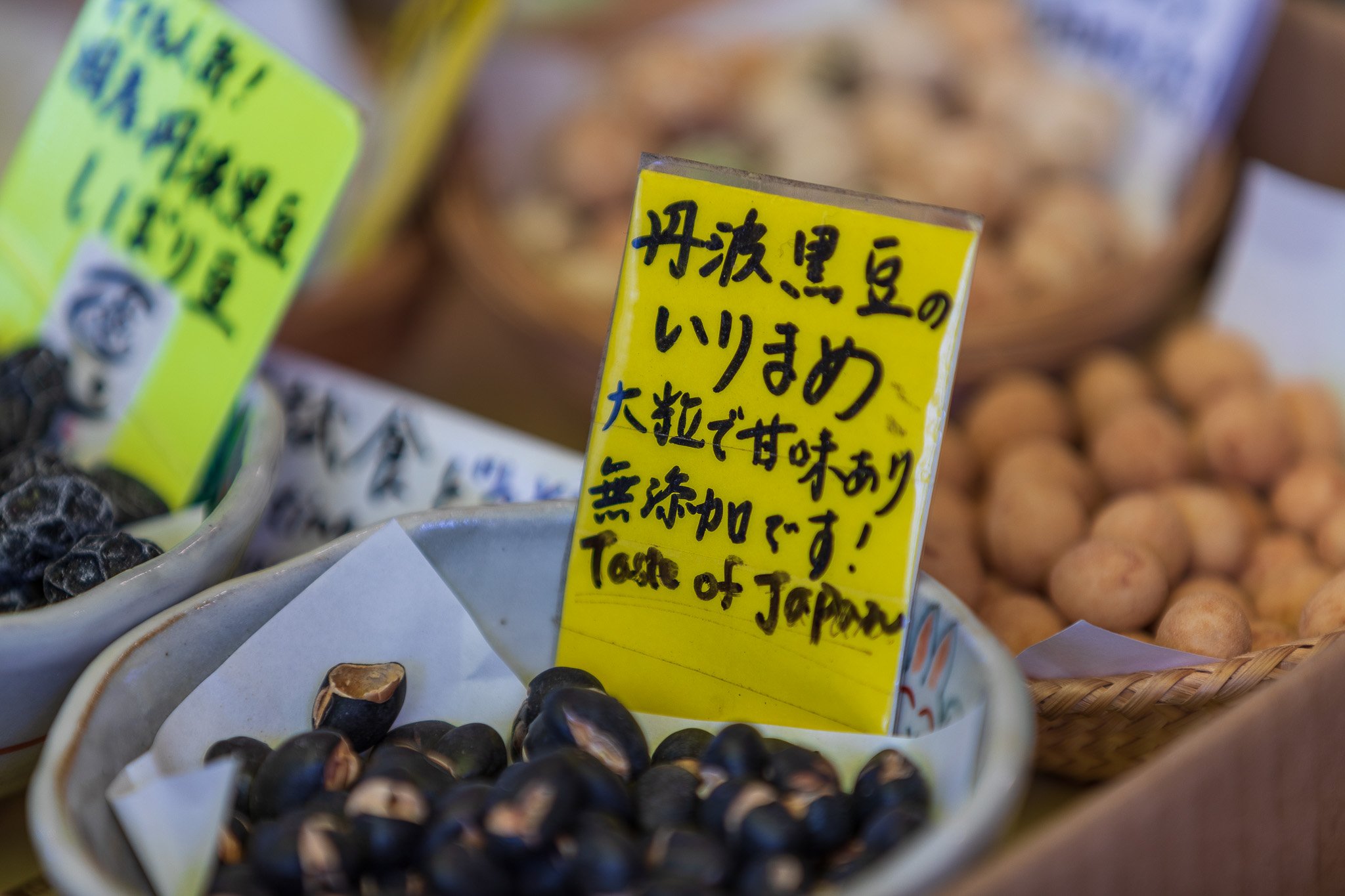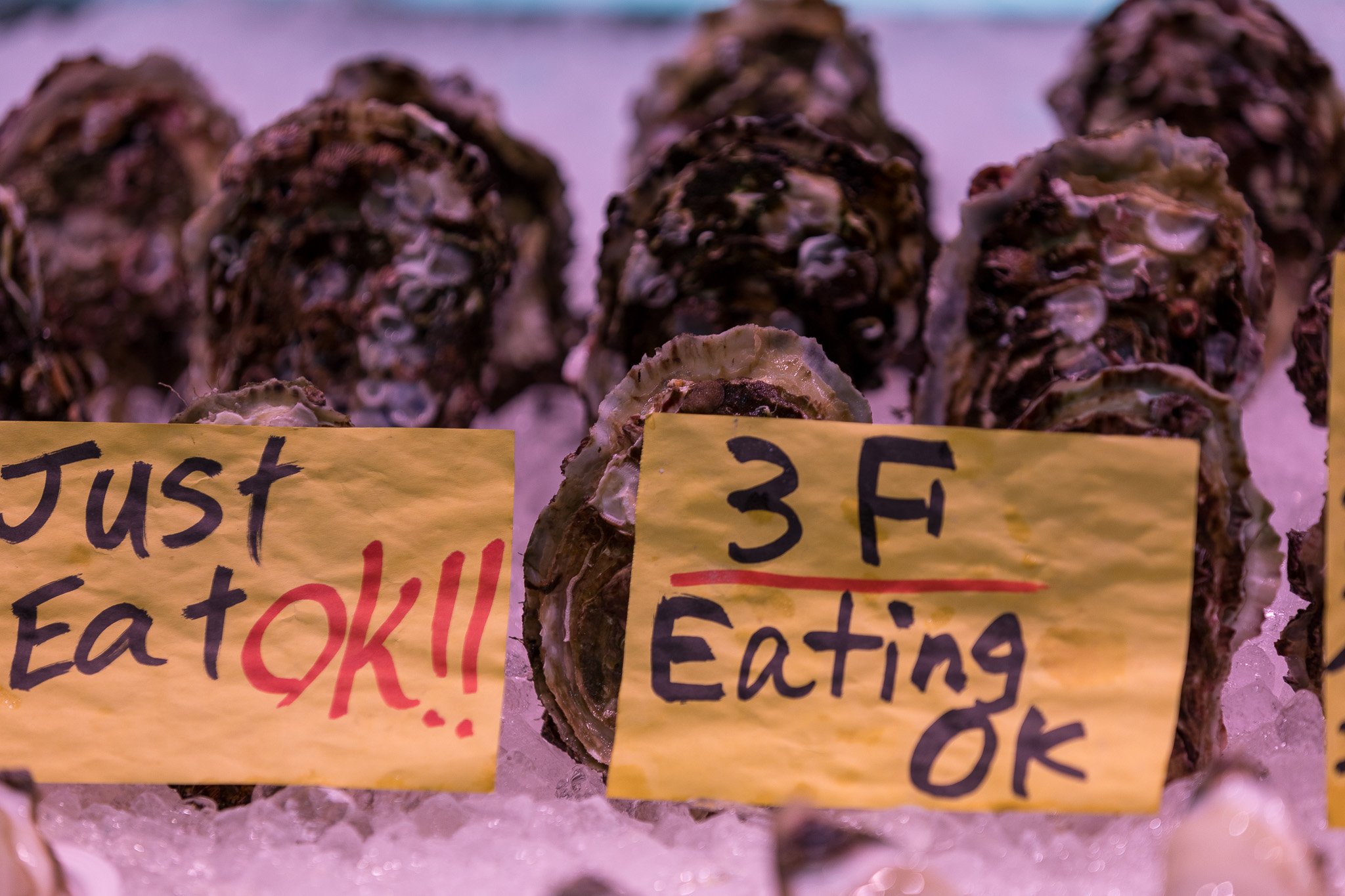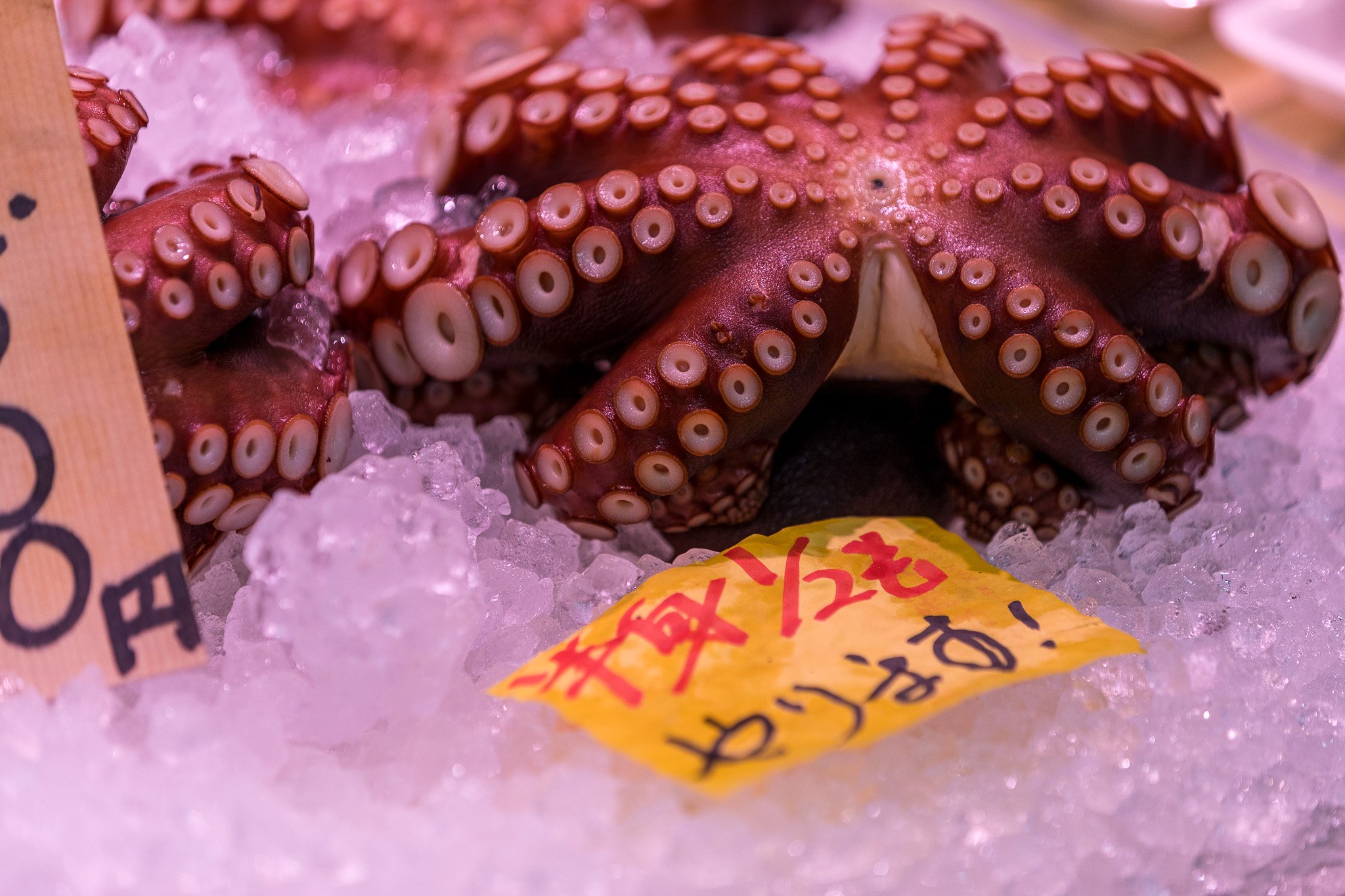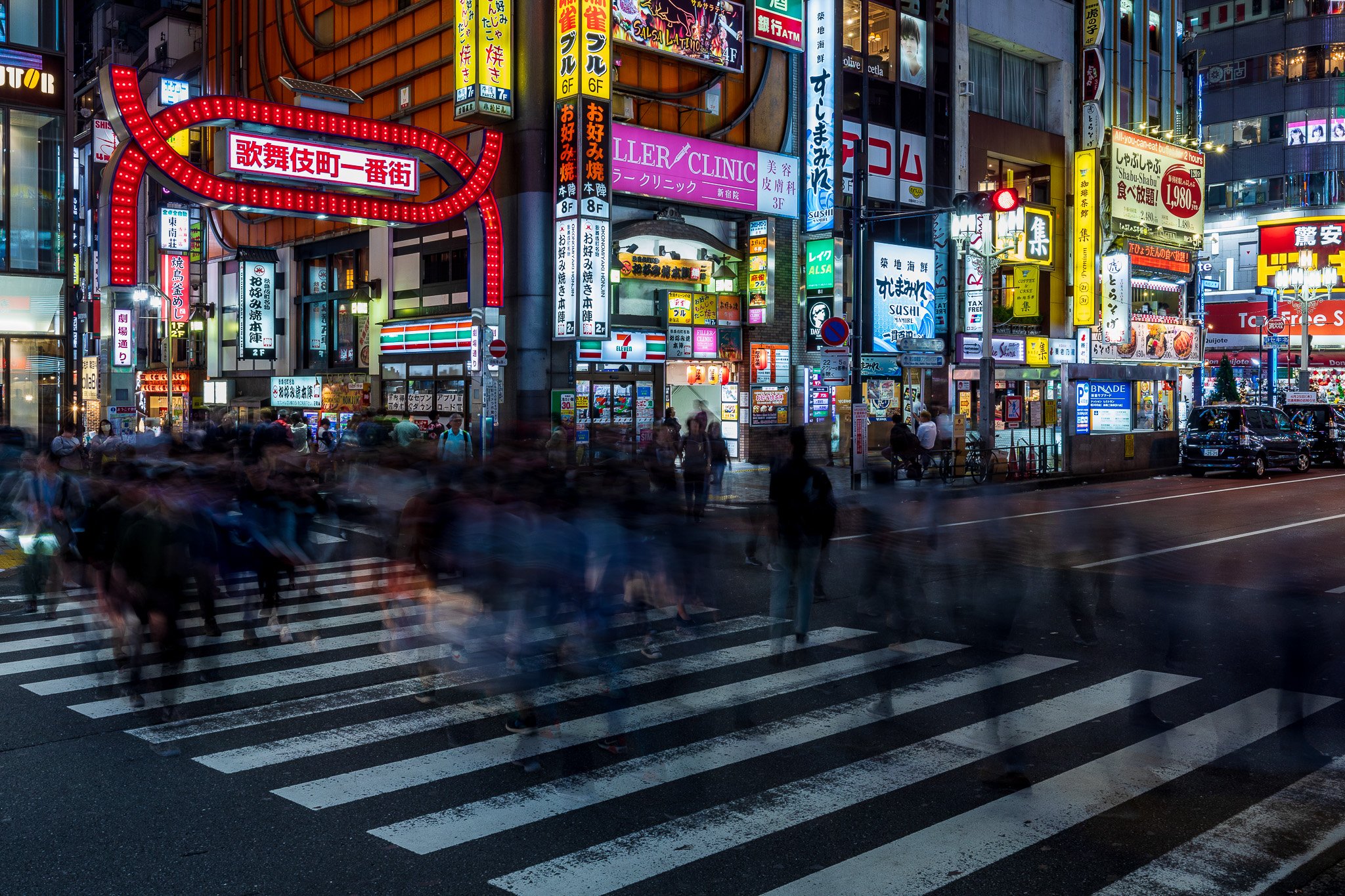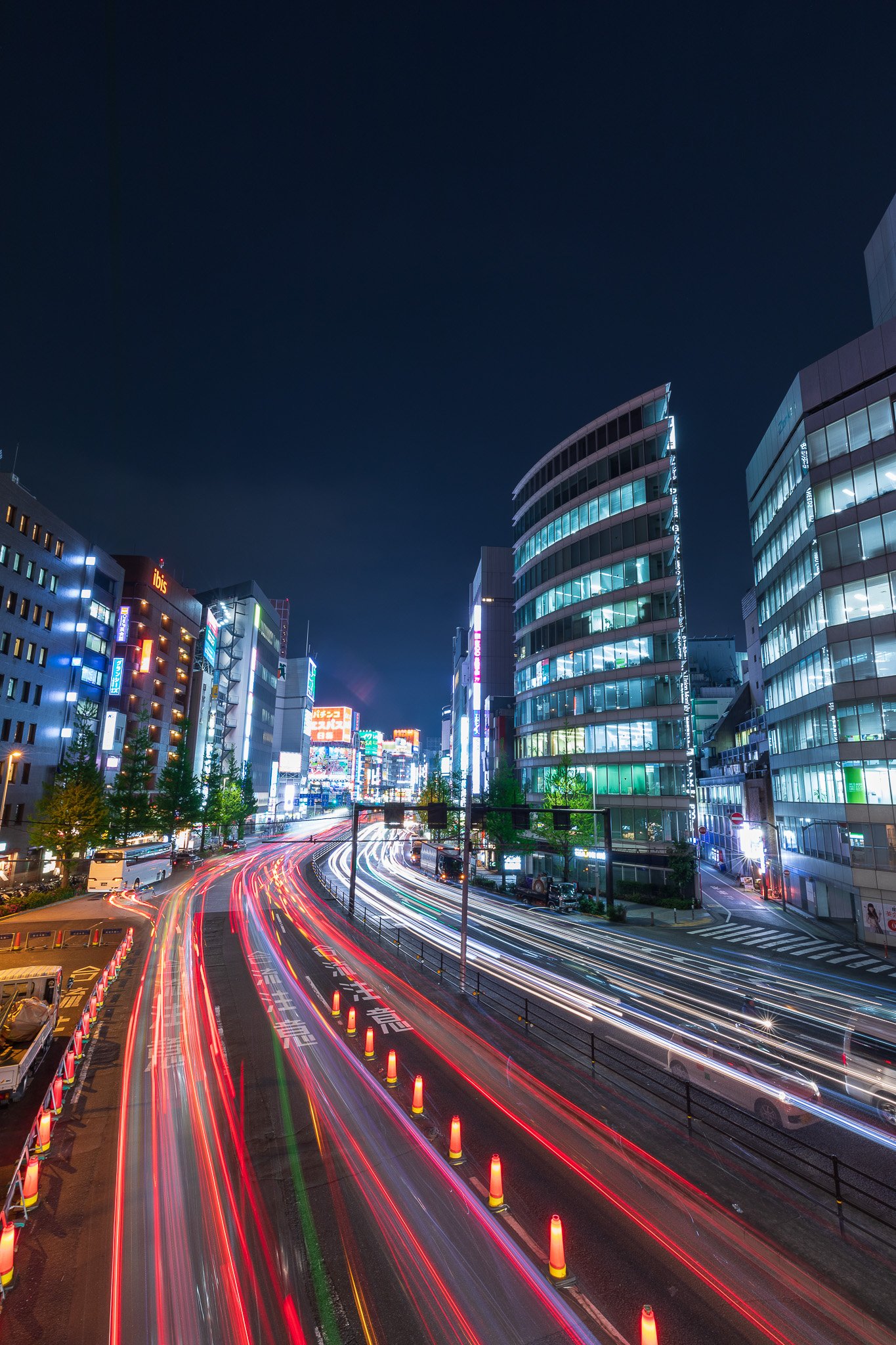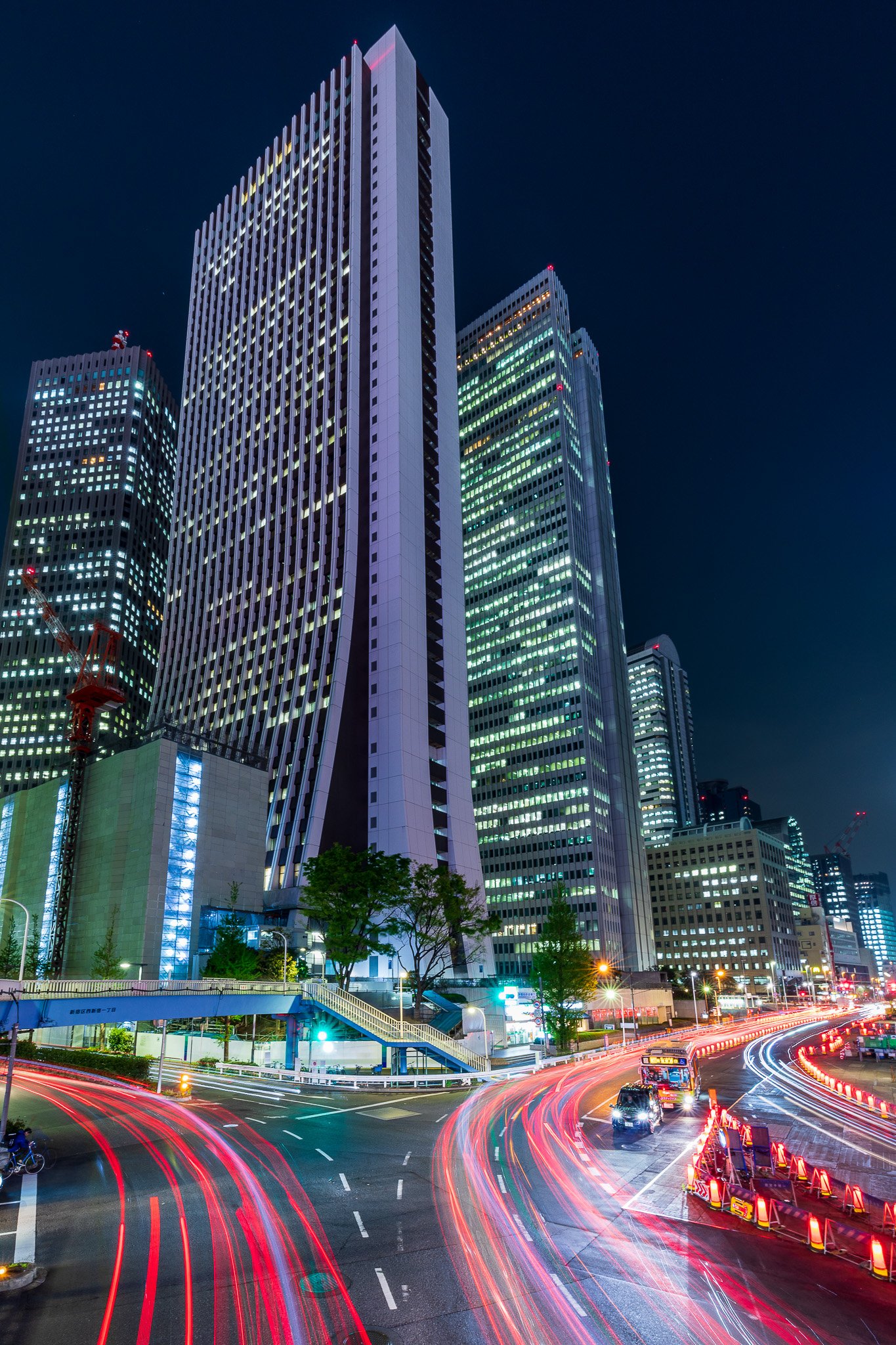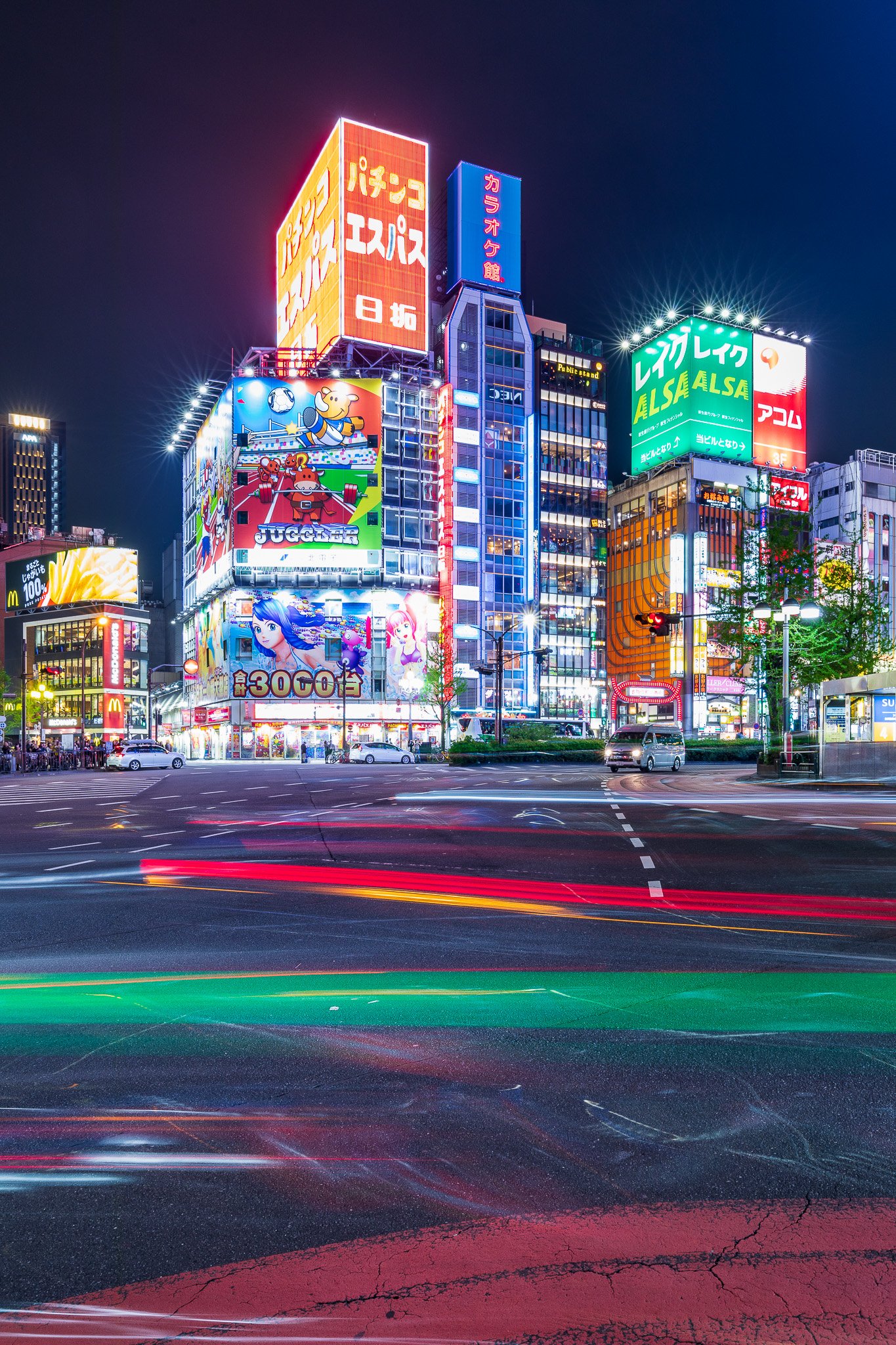My Photography & Travel Guide to Tokyo, Japan
Updated in November 2024
Tokyo is a fantastic city to visit and photograph. It has a perfect balance of old traditions and super-modern buildings. Imagine strolling through neon-lit streets that are straight out of a sci-fi movie one moment and finding yourself in serene, ancient temples the next. Tokyo, Japan's capital, is a city of beautiful contrasts where tradition and innovation exist side by side.
Many photographers might be hesitant to go because of the language barrier. You should not need to worry. It’s so easy to get around. Everything is in English, people are super friendly, the metro system is fantastic, and there are so many great places to photograph. In one city, you can capture landscapes, street photography, night photography, and long exposures.
While I have only been to Tokyo once, I cannot wait to go back.
Time….
In this guide, I’ll walk you through the essentials for a rewarding trip to Tokyo, from where to stay and what to bring to the top photography spots and travel tips that make navigating this metropolis a breeze.
When to Go?
The best time to visit Tokyo is between March and April and between September and November. Autumn ushers in colorful foliage and comfortable temperatures.
Where to Stay?
Tokyo is a massive and magical city, and there are so many nice hotels. Most first-time travelers like to stay in Shinjuku. Shinjuku is an ideal area to stay in Tokyo. Known for its vibrant nightlife, shopping, and entertainment, Shinjuku also has excellent transport connections, allowing easy access to other parts of the city.
This area looks like what you might see in the movies with the Iconic neon lights. There are lots of very good luxury hotels and restaurants in this area. If you enjoy nightlife Shibuya is a good choice.
View from Our Room
We stayed in an area Marunouchi. This is the area surrounding Tokyo Station, in Tokyo’s central district. It’s a very convenient place to stay because it provides easy access to most of Tokyo. We stayed at the fabulous Mandarin Oriental. It was simply fantastic. Everything about it was perfect, from the food to the rooms and service.
Luxury Accommodations
Park Hyatt Tokyo - This iconic hotel offers panoramic views of Tokyo from its high-rise location, especially ideal for sunset shots of Mount Fuji on clear days.
Aman Tokyo - An urban sanctuary, Aman Tokyo combines Japanese minimalism with luxury, giving you a relaxing retreat with photogenic interiors and skyline views.
The Peninsula Tokyo - Known for exceptional service, this hotel offers spacious rooms with views of the Imperial Palace Gardens and Tokyo Tower.
Mid-Range Accommodations
Hotel Gracery Shinjuku - This hotel is centrally located with a quirky touch – a giant Godzilla head on the roof, adding a unique Tokyo experience!
Shinjuku Granbell Hotel - Modern, sleek, and located in a quieter part of Shinjuku, this hotel is a good balance of comfort and value.
Tokyu Stay Shinjuku - Conveniently located with amenities for longer stays, Tokyu Stay is perfect for travelers who want a comfortable base to return to after long days of exploring.
A Couple Getting Married in the Hotel
There are of course so many other fantastic places to stay in the city.
How Long Should You Stay?
For a thorough exploration, a 5-7 day trip is ideal. This timeframe allows you to capture Tokyo’s diverse areas, from bustling Shibuya to historic Asakusa, without feeling rushed. Each neighborhood has a distinct vibe, making it worth a full day (or more) of exploration.
Best Time of Year to Visit Tokyo
Spring (March to May): Cherry blossom season transforms Tokyo’s parks into pink paradises, especially picturesque for portraits and landscape photography.
Autumn (September to November): Known for stunning fall foliage, Tokyo’s parks are lit up with vibrant red, orange, and yellow tones.
Winter (December to February): Clear, crisp weather offers the best visibility for skyline shots with Mount Fuji in the background.
Getting Around
Tokyo’s public transportation is extensive and efficient. The JR Yamanote Line is especially useful for hitting popular spots around the city. Prepaid cards like Suica or Pasmo simplify travel, and yes, Uber is available, though it’s generally more expensive than the metro or taxis.
We used Taxis and also took a guided tour while in Tokyo. But most of the time, it is much easier to get around with the metro system. Do not worry! Everything is easy to understand and its’s in English.
I would highly recommend anyone coming to Tokyo to purchase a Pasmo card. PASMO is a smart card that can be used in place of a train ticket or cash, helping to make your travel experience smoother and more convenient. In addition to using the same PASMO card on trains and buses, you can also use PASMO to purchase goods and services from stores that accept electronic money payments. You can buy them at any rail station.
I also used Google Maps to get around, and it worked perfectly. It even provides subway times to the second. It’s Tokyo, after all.
Where to Eat in Tokyo: Delicious Dining & Cozy Coffee Spots
Tokyo’s food scene is as vibrant as its neighborhoods. Here are some top spots that promise mouthwatering meals and perfect coffee breaks for recharging during your photo adventures.
Ichiran Ramen Shibuya - An unforgettable ramen experience with private booths, perfect for solo diners focused on flavor.
Gonpachi Nishi-Azabu - Known as the "Kill Bill restaurant," this place offers traditional Japanese dishes in a theatrical setting.
Sushi Dai (Tsukiji Market) - A top spot for fresh sushi; be prepared for an early start, as lines form at dawn!
Afuri Ramen - Try the yuzu-infused ramen at one of Tokyo's most popular ramen chains.
Yakitori Alley (Omoide Yokocho) - Small, lively restaurants under the train tracks serving grilled skewers in an atmospheric setting.
Coffee Shops
Streamer Coffee Company - Known for excellent lattes and latte art, perfect for a midday coffee break.
Onibus Coffee - Nestled in the quieter Nakameguro area, it’s an Instagram-worthy spot with rustic charm.
Fuglen Tokyo - A Norwegian-style coffee shop with a cozy vibe, serving up some of Tokyo's best brews.
What to Photograph?
Shibuya Crossing:
Known as the world's busiest pedestrian crossing, Shibuya Crossing is a top photographer opportunity in Tokyo. It's not just a place to cross the street—it's an experience. When the lights turn red at this giant intersection, it's as if the sea parted, allowing a wave of humanity to cross.
Shibuya Crossing is located in the heart of Tokyo, is unquestionably one of the world’s most iconic photo locations. Shibuya “Scramble” Crossing is a fantastic spot to witness the thousands of people (3,000 per minute) passing through the crossing surrounded by neon lights.
Shibuya Crossing is best photographed at the golden or blue hour in the evening. The magnificent lights begin to appear during the blue hour.
Try to Capture the Chaos: For a photo that truly highlights Shibuya Crossing, try to capture the chaos of the crowd. Aim for the moment when the lights change and the intersection is filled with people from every corner.
Pro Tip: For Dog Lovers, you can visit the Hachiko Memorial located next to the crossing. The love of a dog is something unique and is a blessing to experience.
2. Asakusa Sensō-ji Temple :
Asakusa Sensoji temple is one of the most popular temples and is said to represent “authentic Japan”. If you visit after 8 am, you and thousands of tourists will pass by dozens and dozens of stalls that sell souvenirs, food, and all sorts of other items.
You enter the temple by walking under a gigantic red lantern. Sensō-ji is open 24 hours a day, so you can visit anytime, and it is really pretty at night when the crowds are gone. The gardens around the temple are also definitely worth exploring.
Photo Tip: Go early in the morning when there are no crowds. If you visit in the afternoon, you will find tourists walking throughout the area dressed in traditional Japanese dresses. It makes for a nice photo in the alleyways.
3. Tokyo Skytree:
One of the newest landmarks in Tokyo, Tokyo Skytree, is one of the top attractions in the city. The tower looks out over the city, providing panoramic views at 634 meters.
4. Shinjuku Kabukicho:
The alley is a fantastic place to photograph at night with all the small restaurants. The district is known as “the place that never sleeps,” the neon signs get brighter, and the area is more lively the later it gets. It is also where you find the Shinjuku Omoide Yokocho, also known as the infamous “pee-pee alley”.
Tips: Take a Tripod to capture Long Exposure Shots. I would also bring a 15-35 mm lens to photograph the lit buildings. In the Alley, try to capture locals eating in the restaurants.
5. Metropolitan Government Building
Tokyo has lots of skyscrapers, and Shinjuku is a great area to enjoy the stunning skyline. The Metropolitan Government Building has a “free” observatory to view the city from the 45th floor (202 m high).
6. Harajuku Tokyo Plaza
The Mecca of Kawaii means cute in Japanese. This is a “Hello Kitty” area. Harajuku has lots of photogenic spots, trendy “cat” cafes, and boutiques. The main street, Takeshita Street, is a very popular pedestrian shopping street, with cafes and restaurants that are worth exploring.
You will also find in this area the Tokyo Plaza Omotesandō’s entrance, designed as a kaleidoscope full of mirrors. It’s full of Instagrammers.
7. Meiji Shrine:
This is my favorite location in Tokyo. Meiji Shrine is the most visited shrine in Tokyo. Meiji Shrine (明治神宮, Meiji Jingū) is a shrine dedicated to the deified spirits of Emperor Meiji and his consort, Empress Shoken. There is a magnificent wooden Tori gate which stands out at the entrance of the shrine.
If you are lucky, you might see a traditional Japanese Wedding Ceremony taking place.
8. Akihabara:
Akihabara is a buzzing shopping hub known for its electronics retailers, ranging from tiny stalls to vast department stores like Yodobashi Multimedia Akiba. Yodobashi is a photographer’s paradise. It’s just incredible. To say they have everything is an understatement. I think they have 3 aisles of just camera bags. There are also manga, anime, and video game shops with maids or butlers serving staff-dressed tea and desserts at nearby maid cafes. I wouldn't say I liked taking photos in the area, but it might be interesting for street photos.
9. Ueno Park:
This is my favorite park in Tokyo. It’s Tokyo’s version of Central Park. It is conveniently located next to the Ueno metro station and includes about half a dozen museums, a zoo, a Toshogu Shrine, and the Shinobazu Pond. In the Spring, the beautiful cherry blossoms and hanami events are held in the park. It’s just a wonderful place to take a walk and see locals.
10. Yoyogi Park
The Yoyogi Park is a large park situated five minutes walk from the Harajuku Station and the Meiji Shrine. It is also the site from where the first successful powered aircraft flight in Japan took place on December 19, 1910. The park is a favorite among locals, and it's where you will see musicians, jugglers, comedians, and exercise groups. It is a beautiful place, primarily in the fall, when you see the colors of the autumn leaves, including the golden leaves of the many ginkgo trees.
11. The Soho Odaiba:
This colorful shared workspace in Odaiba is home to 13 floors of open-plan office space ready. What makes it unique – and an Instagram hotspot – is its colorful exterior and numerous doorways. Catch it in the evening when it’s all lit up.
12. Tsukiji Fish Market:
It is one of the best places in Tokyo to enjoy fresh seafood and is a fun place to walk around. It consists of a few blocks of wholesale and retail shops, as well as restaurants crowded along narrow lanes. A visit to Tsukiji Outer Market is best combined with a fresh sushi breakfast or lunch at one of the local restaurants. The restaurants are typically open from 5:00 in the morning to around noon or early afternoon.
Night Photography
Tokyo, is one of those cities that is made for Night Photography.
Tokyo transforms into a dazzling spectacle at night, with neon lights, bustling intersections, and illuminated landmarks. Night photography in Tokyo opens up endless creative possibilities, from capturing iconic cityscapes to experimenting with long exposures at busy intersections.
Photography Tours:
I would highly recommend the Photography Tours from Eyexplore. I took their Night Photography Tour with Charles. Charles is a super friendly guy who is extremely knowledgeable about photography. During the 2.5-hour non-rushed tour, he took us to the best locations to photograph Tokyo at night. It’s really worth every penny!!
Another great tour is to take a tour with Laurence Bouchard
Great Website Resources:
Special Events and Festivals
Cherry Blossom Festival (March-April): Ueno Park and Chidorigafuchi Park are the places to be for hanami (cherry blossom viewing).
Sumo Tournaments (January, May, and September): Experience a sumo match for an authentic taste of Japanese culture.
Tokyo International Film Festival (October): A fantastic event for film buffs, held in Roppongi Hills.
Ready to Experience Tokyo?
Tokyo is a city like no other, offering photographers and travelers a chance to explore and capture a blend of ancient and ultra-modern aesthetics. Each corner brings something new, from bustling intersections to tranquil gardens.
If you enjoyed this guide to Tokyo, you can check out my other photography and travel guides here. Don’t forget to subscribe to my newsletter for more travel tips and photography inspiration for your next adventure!

